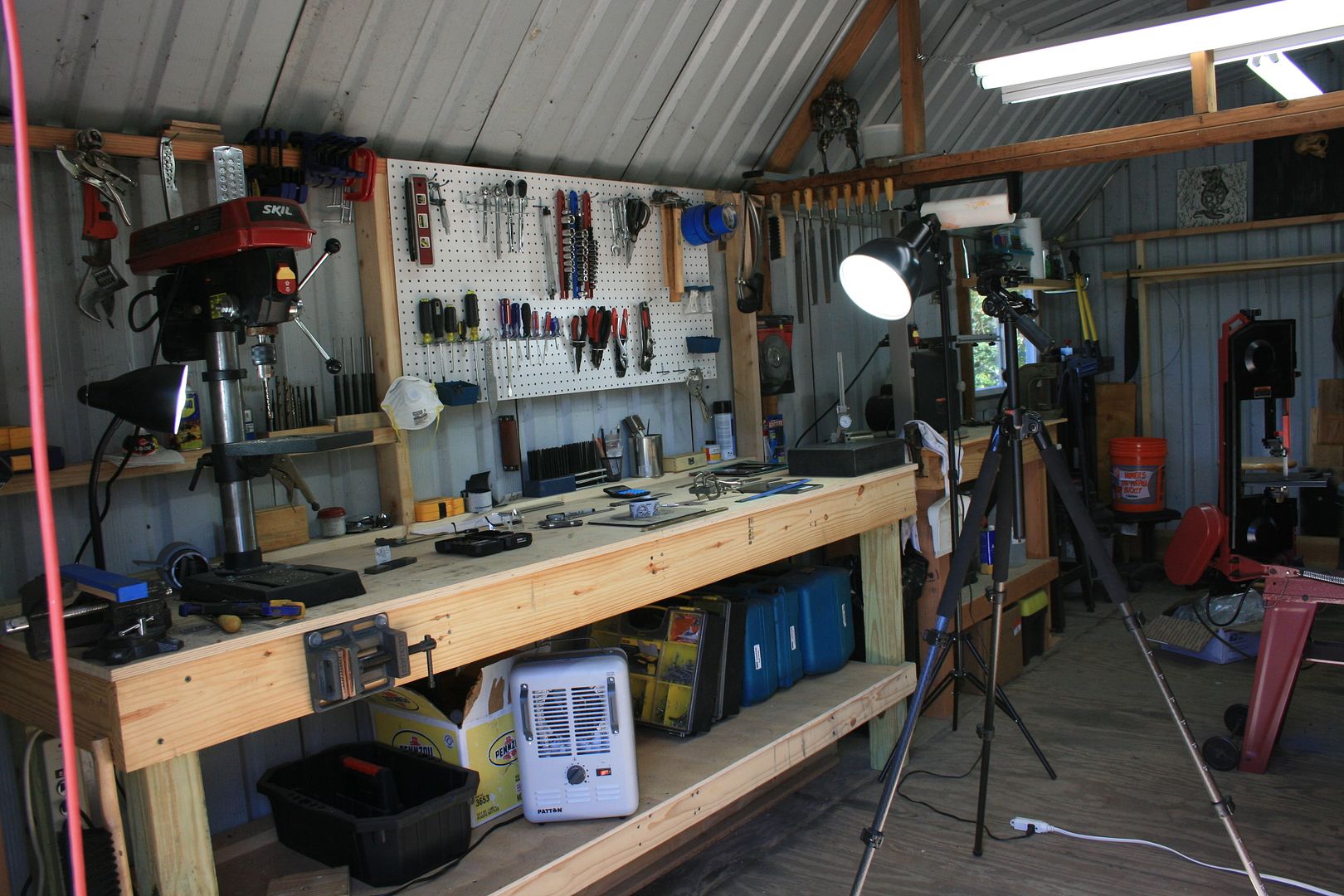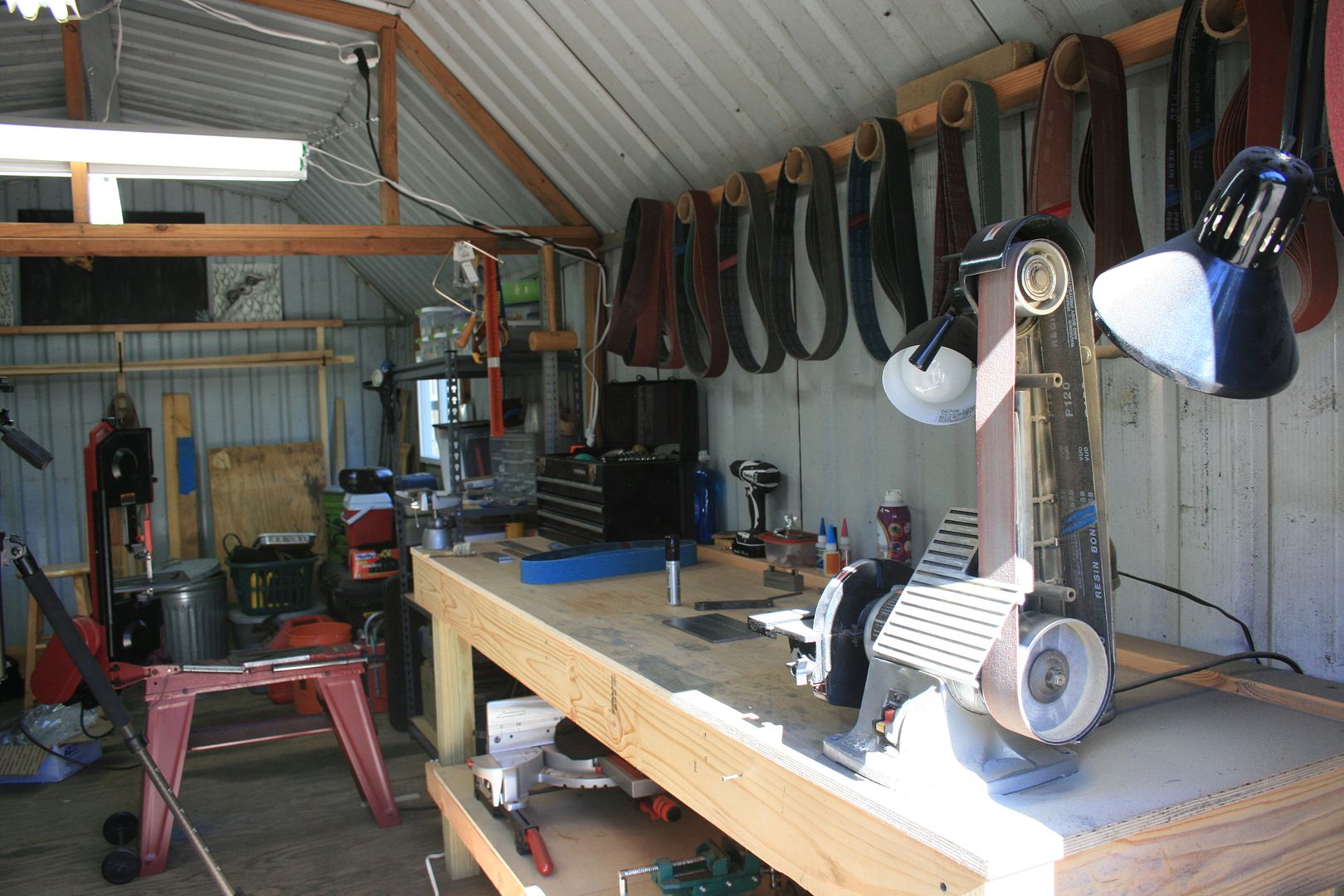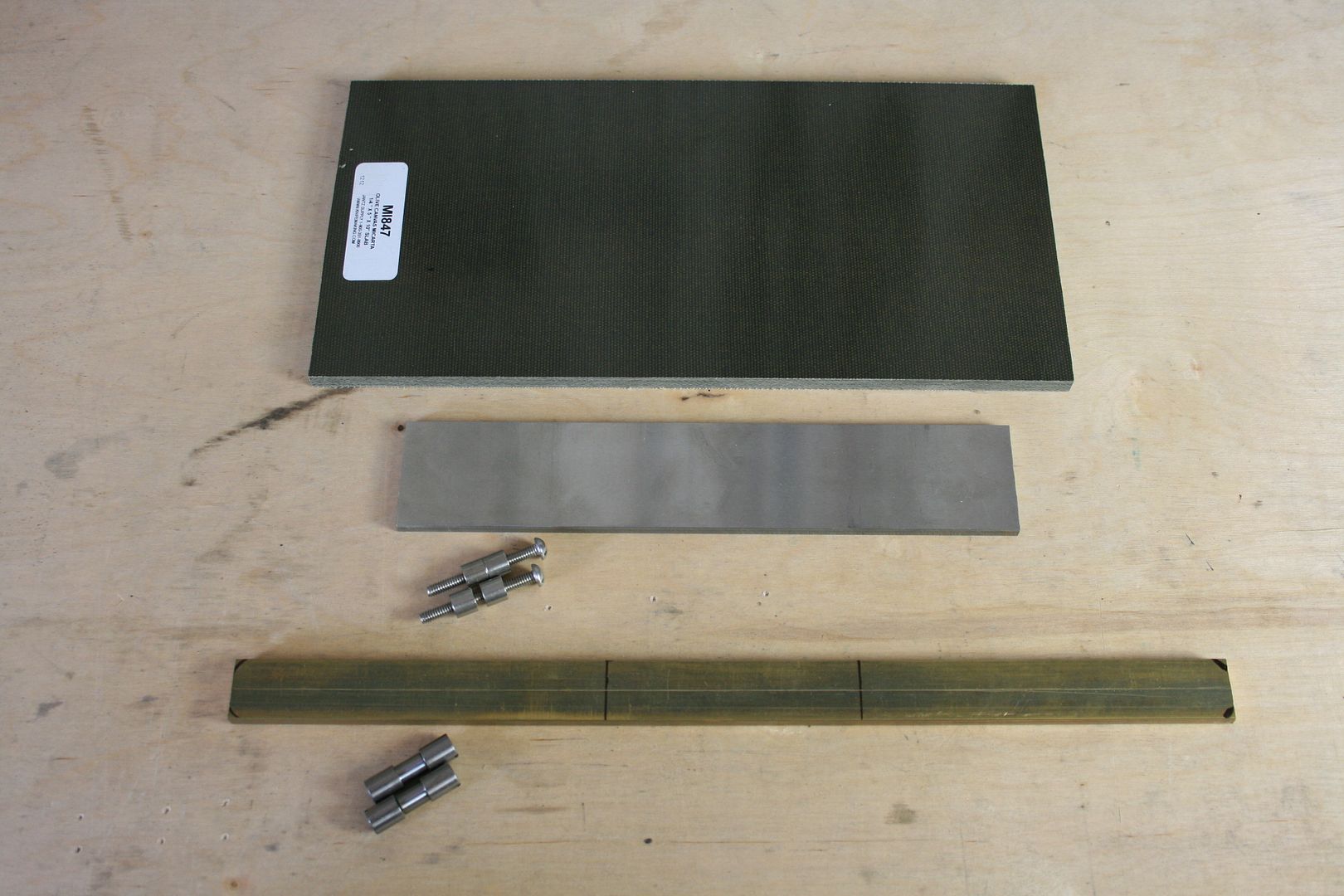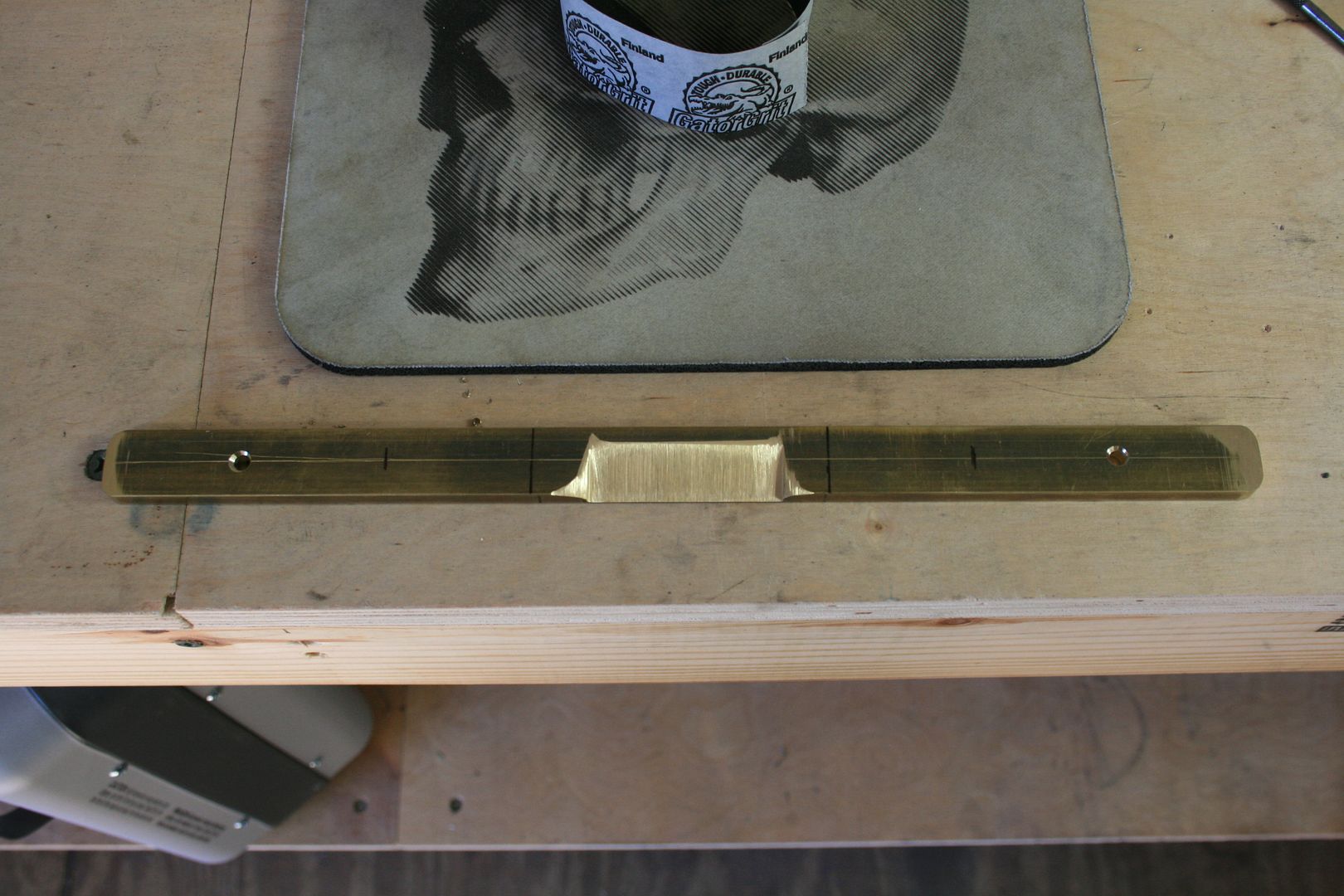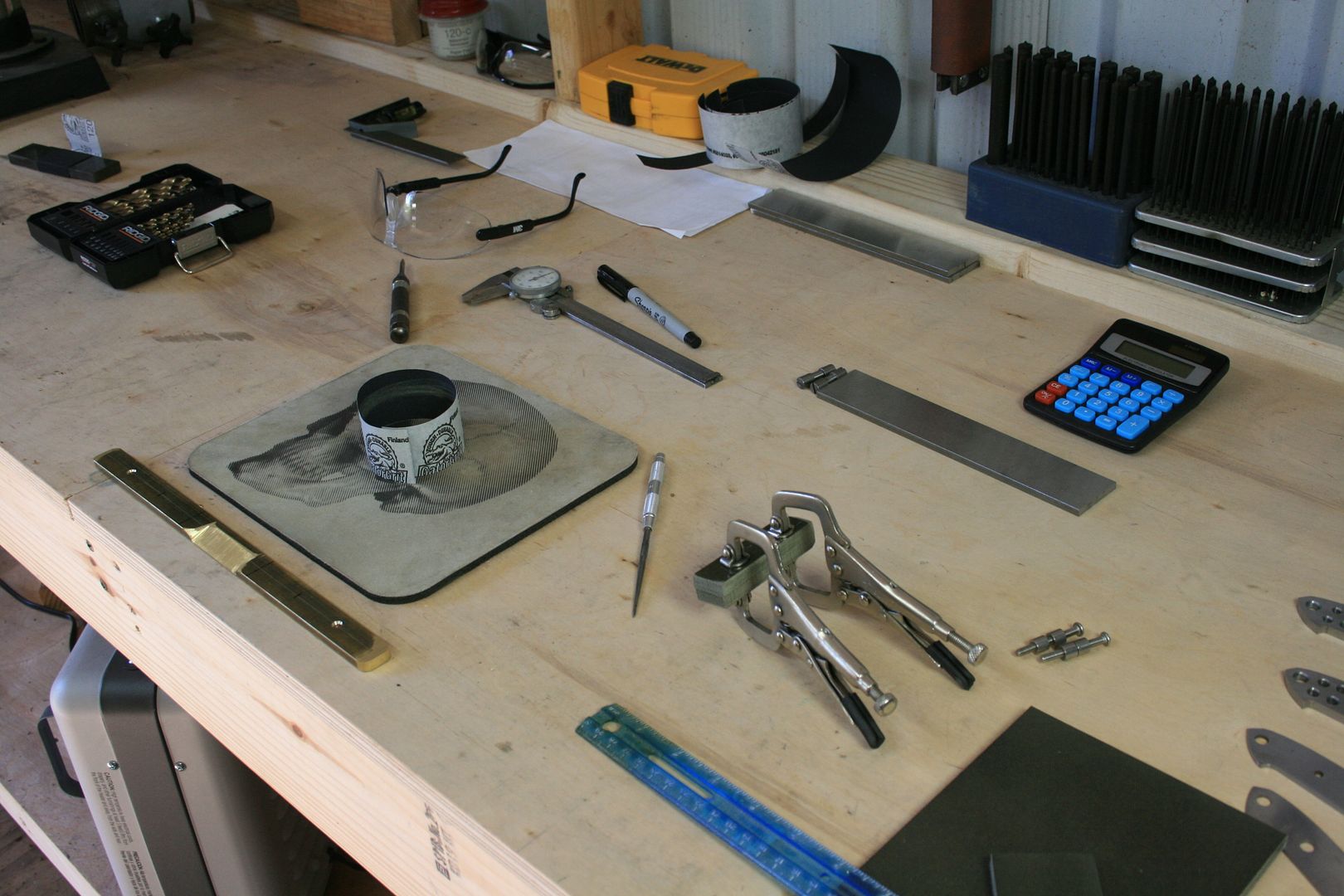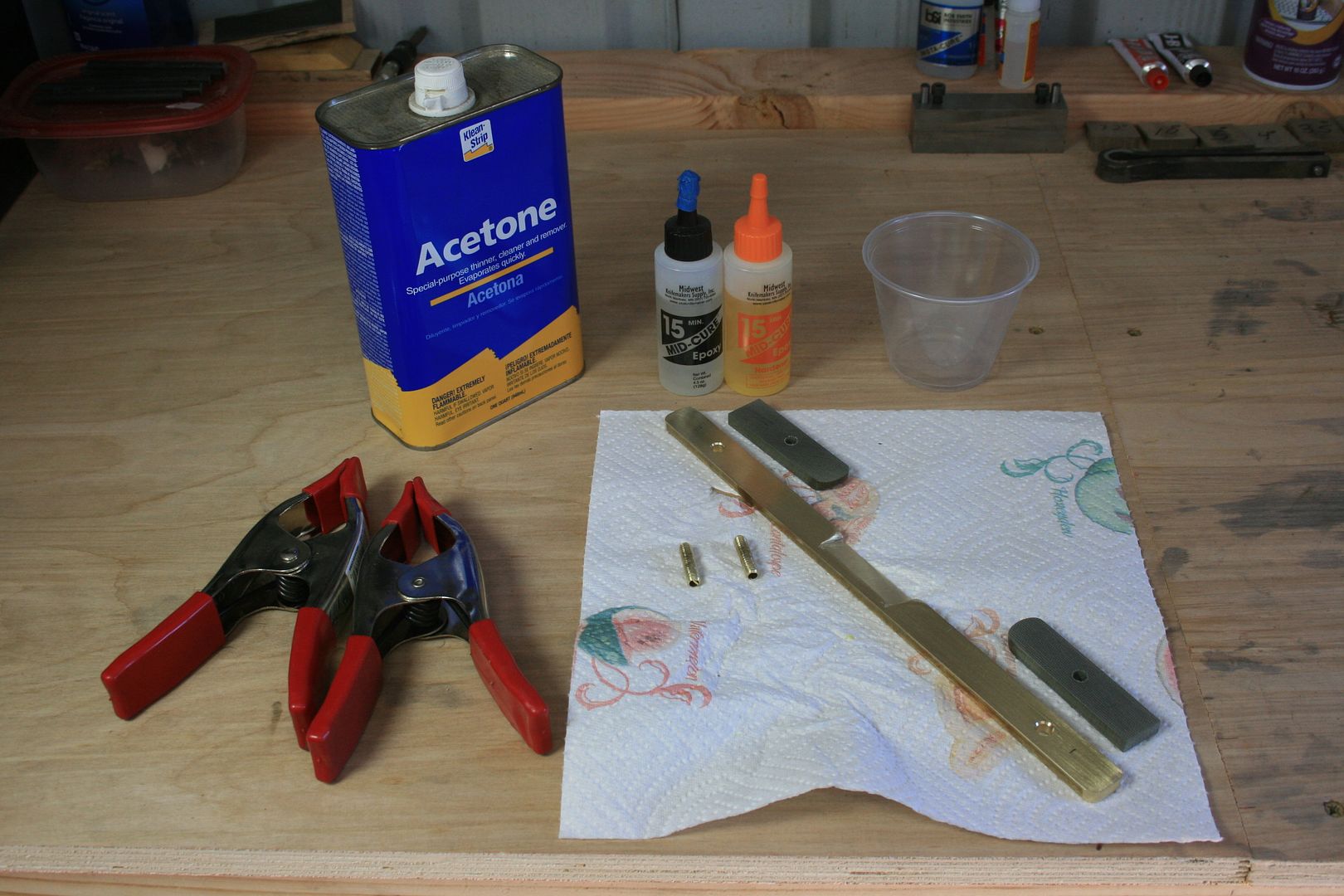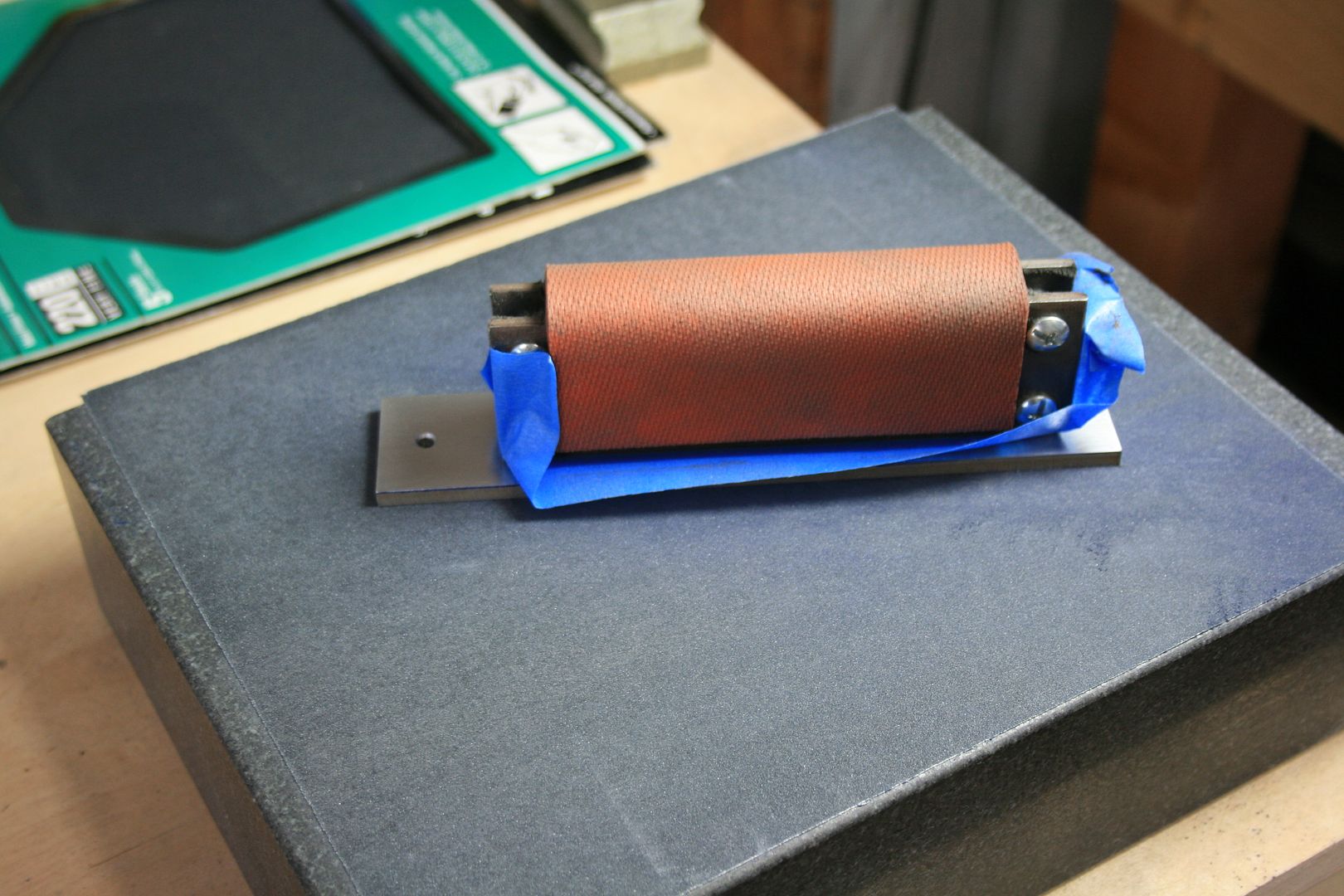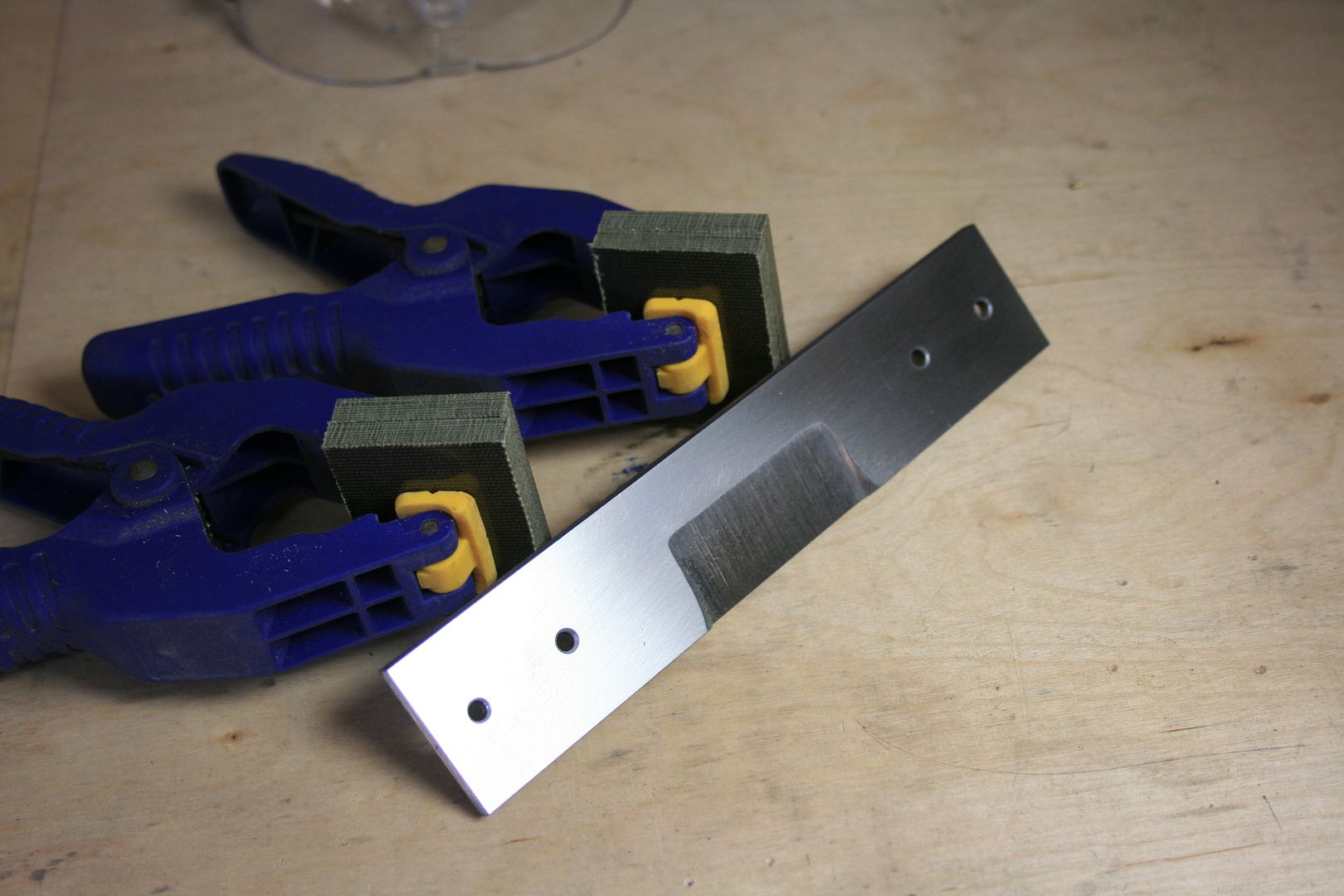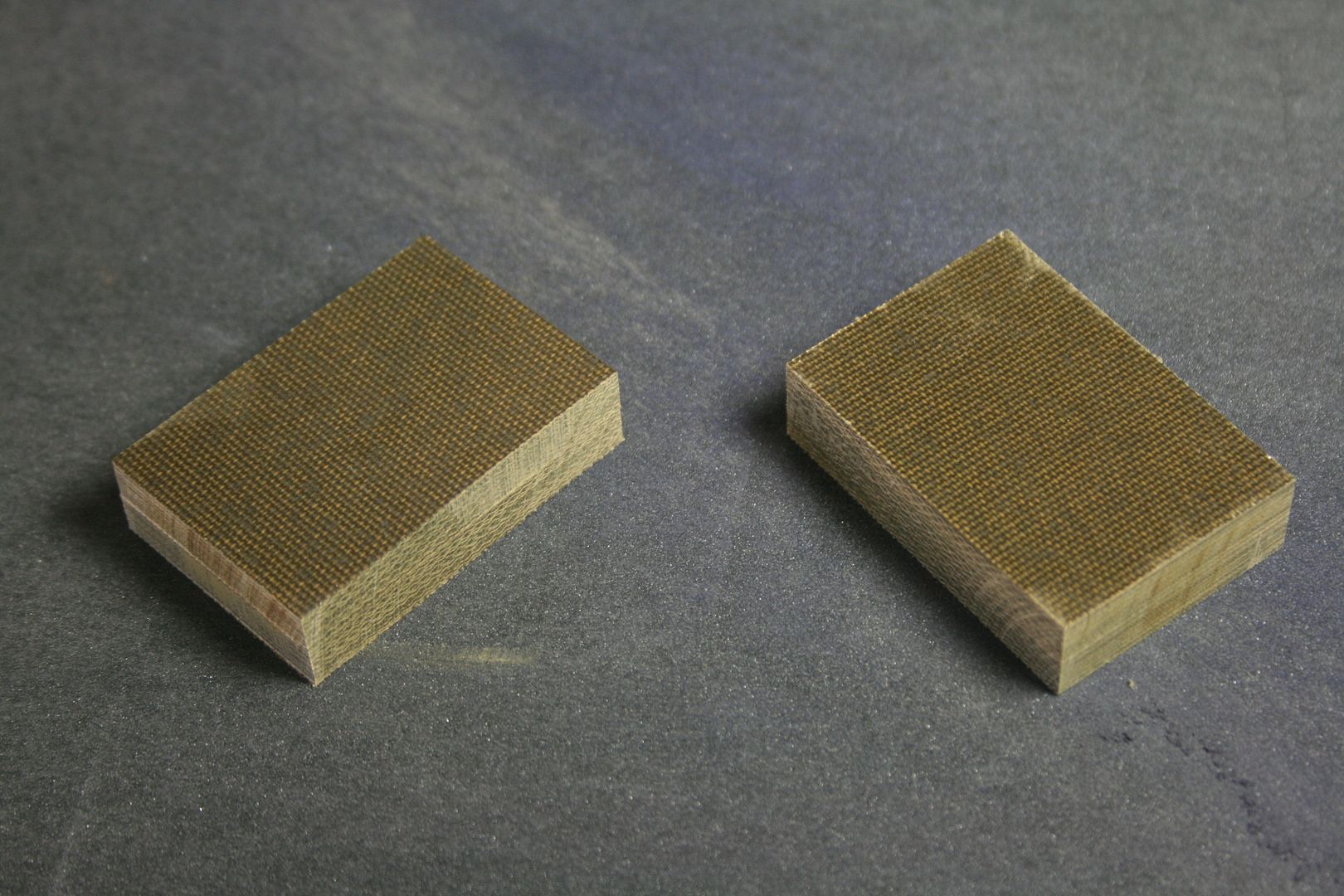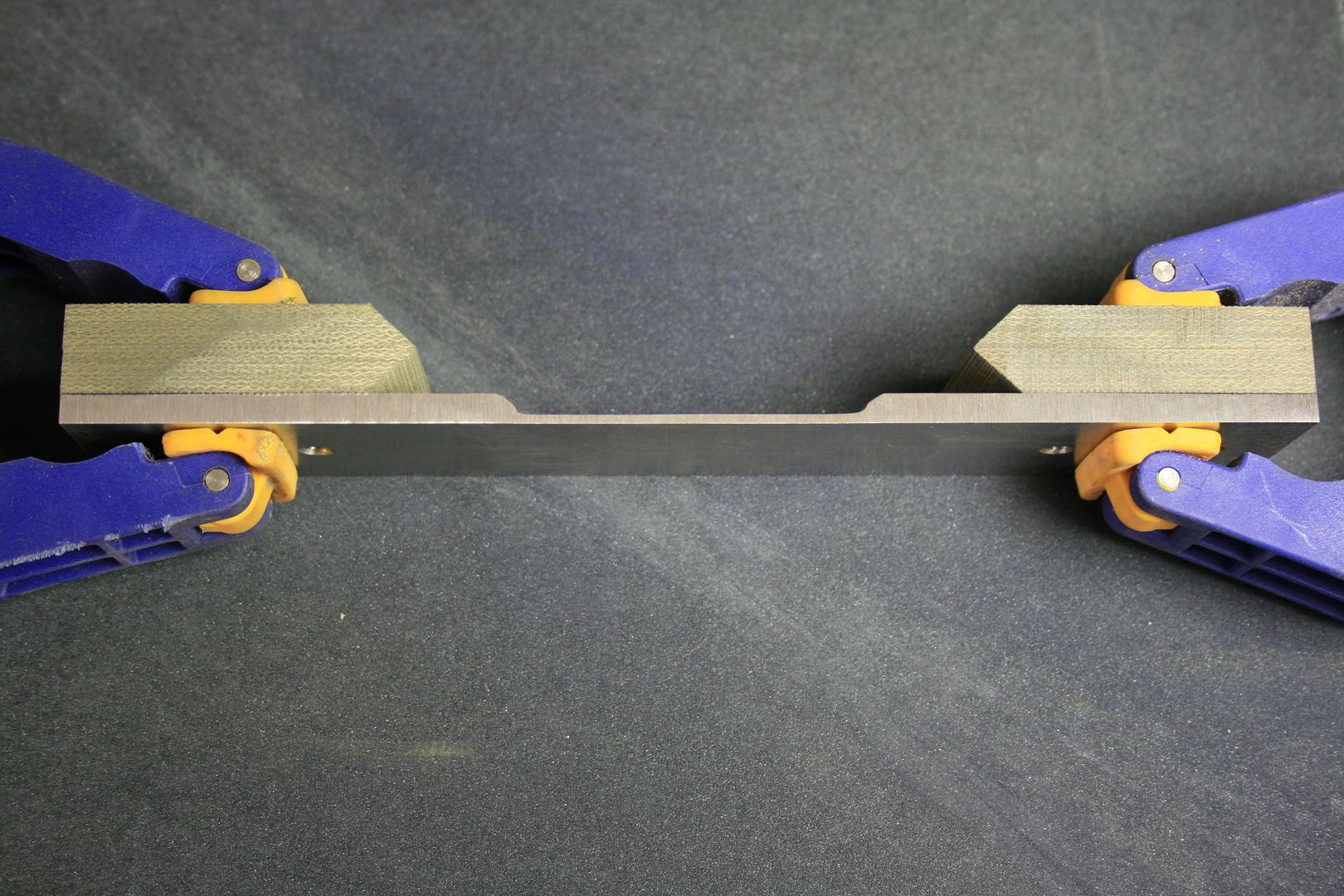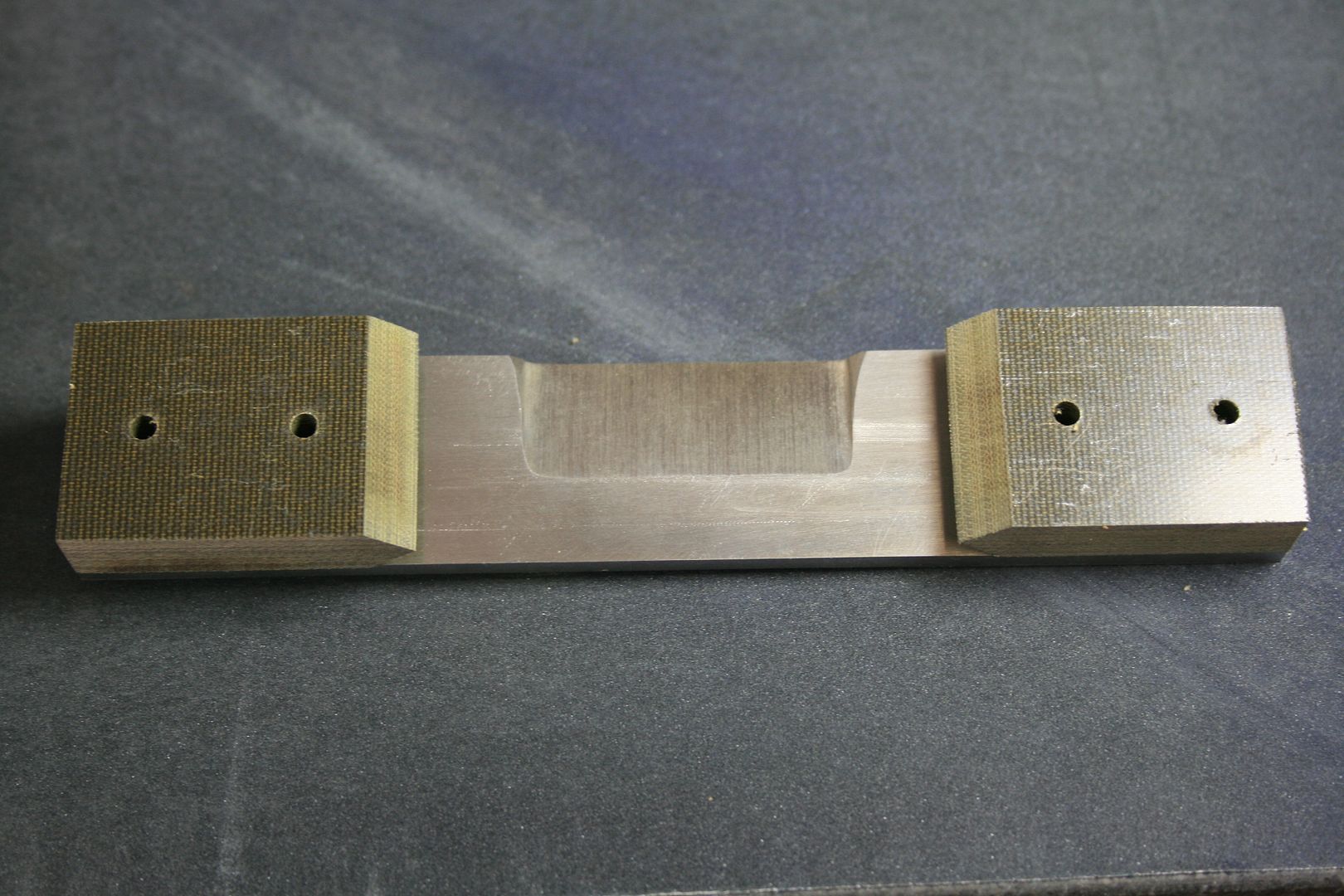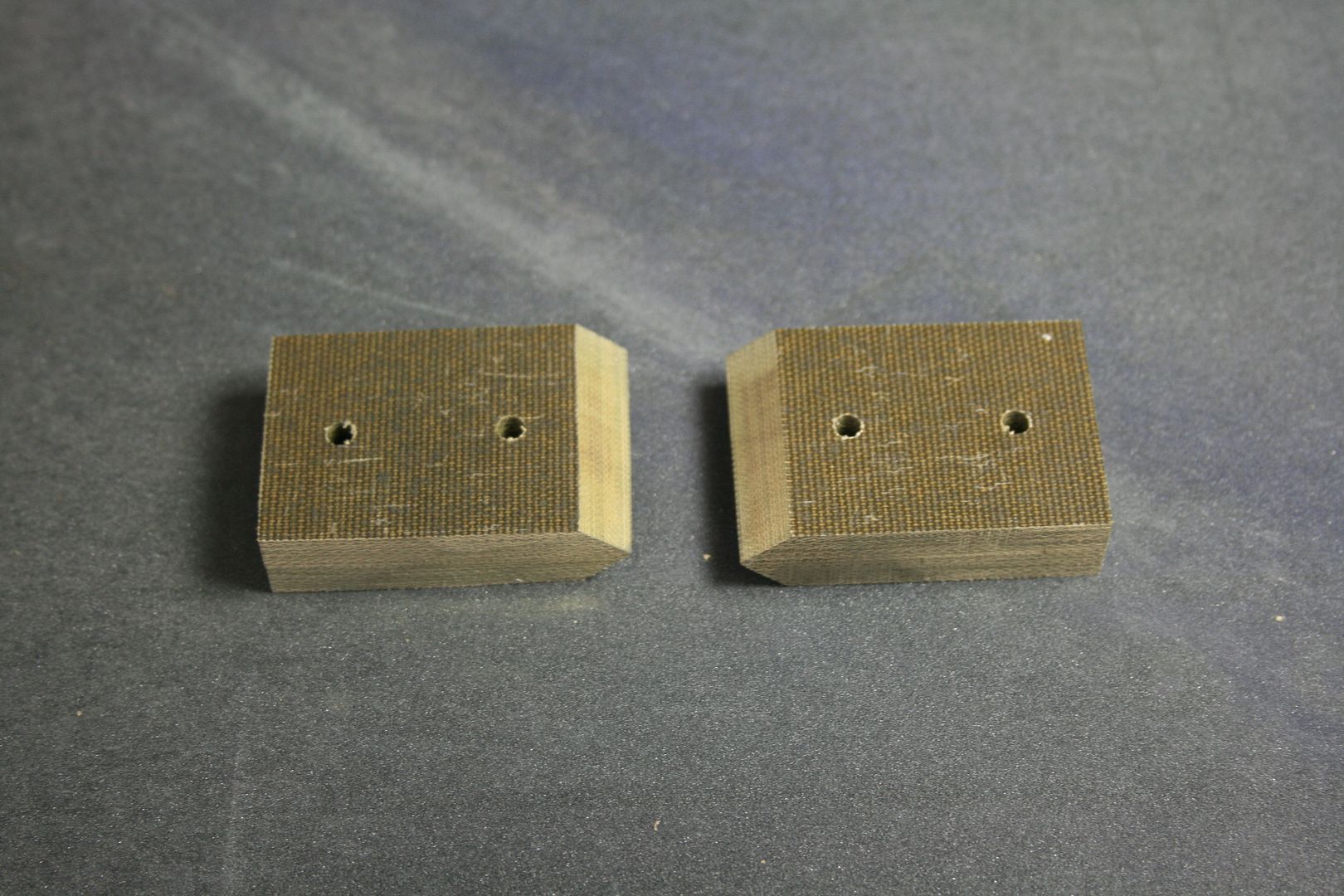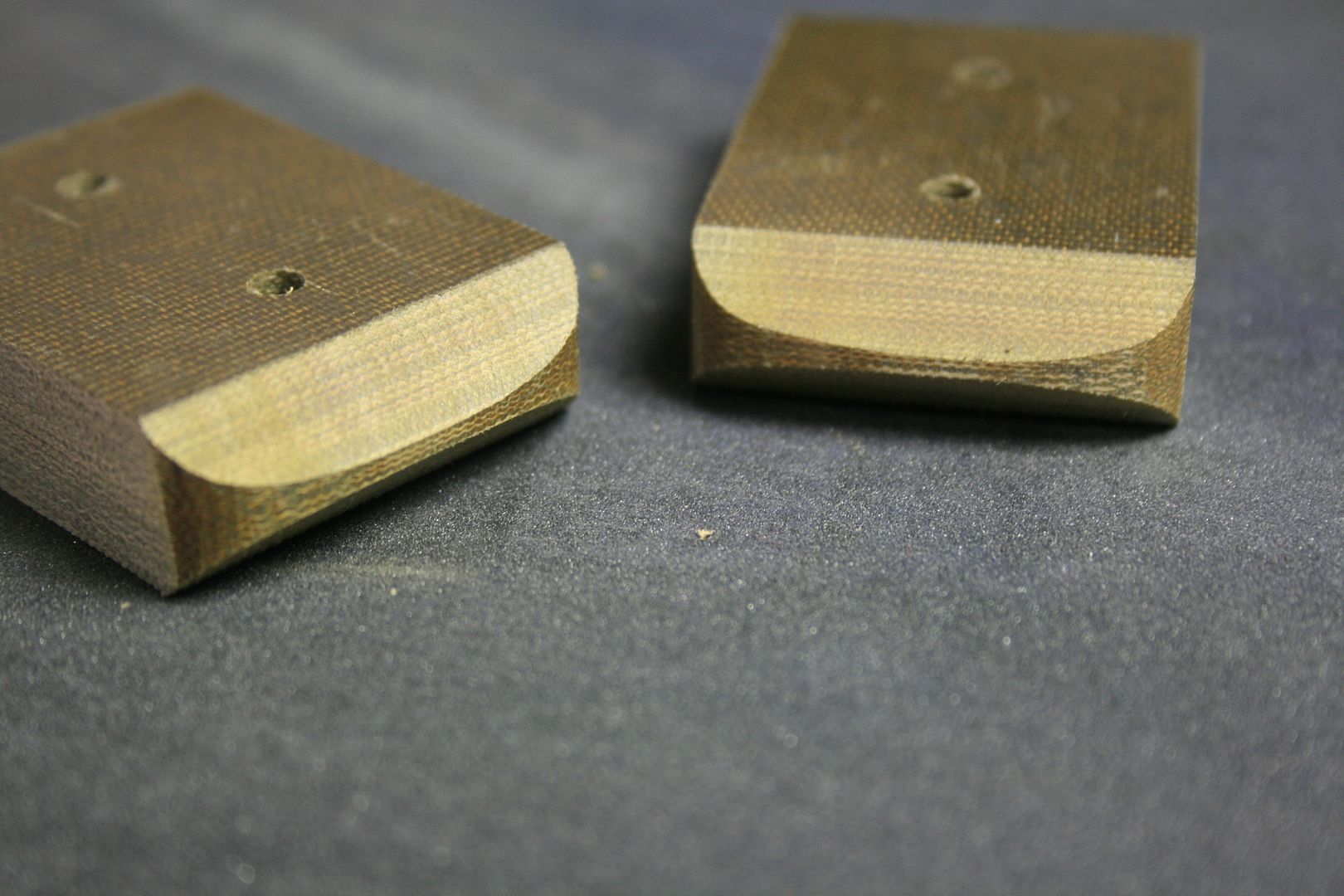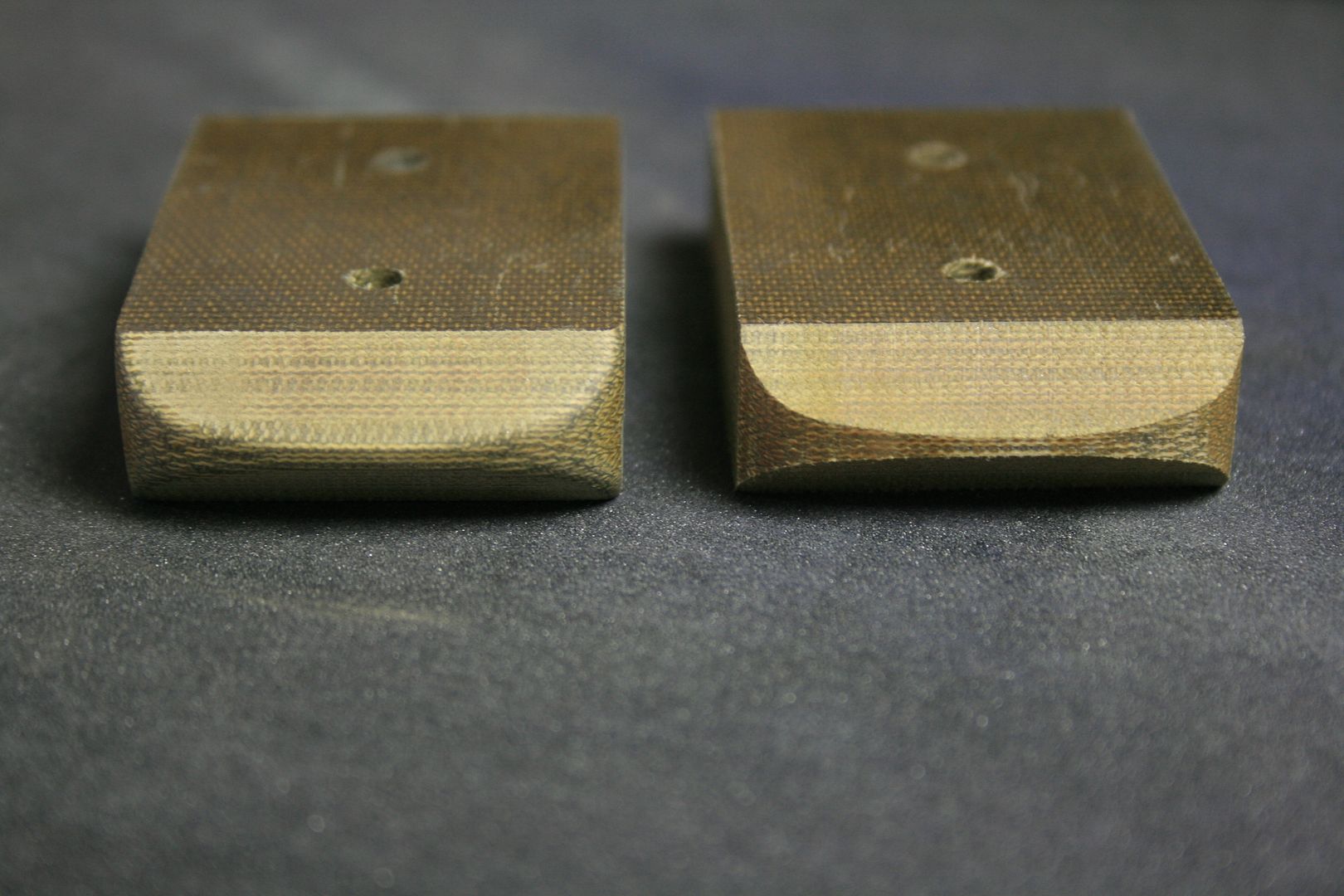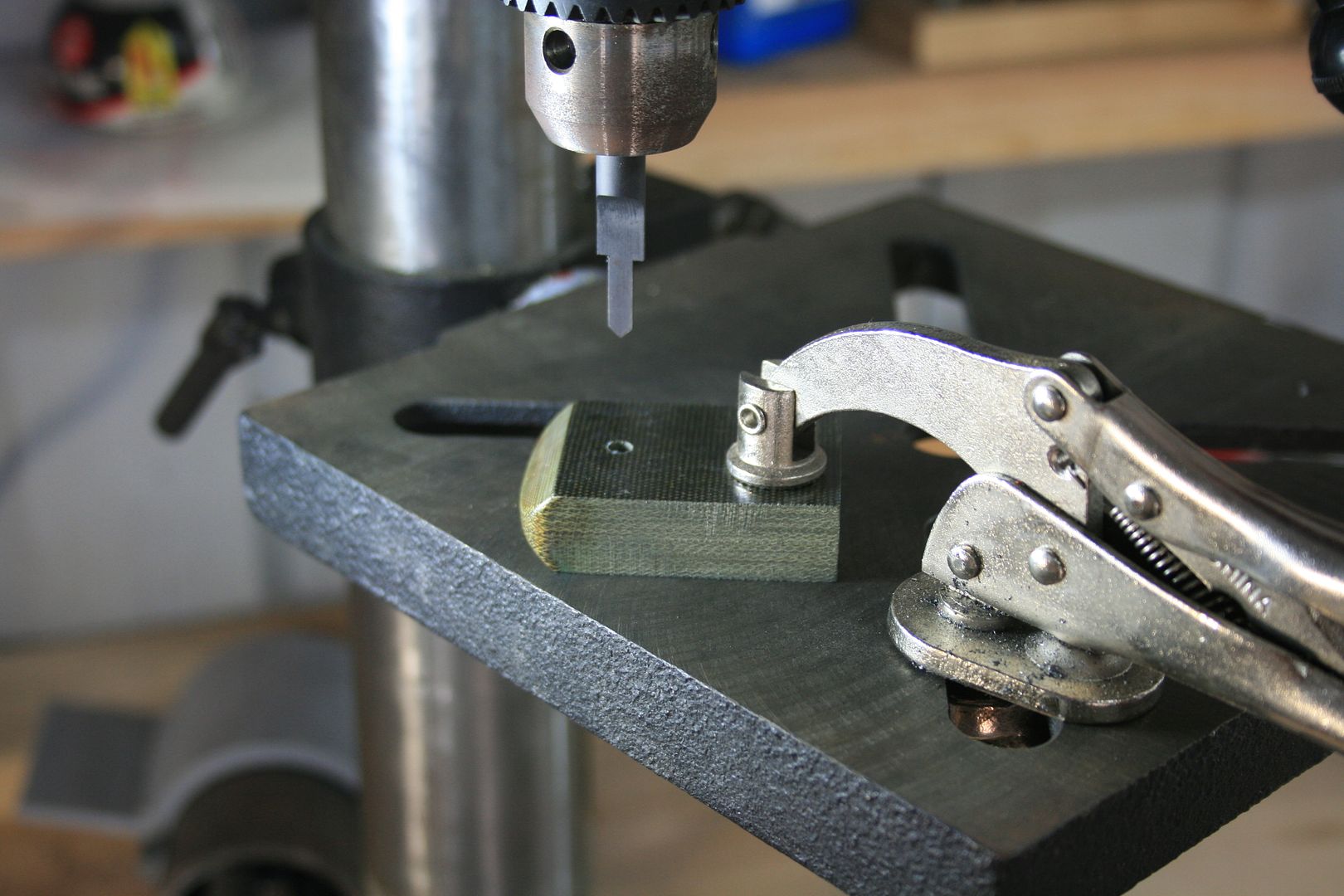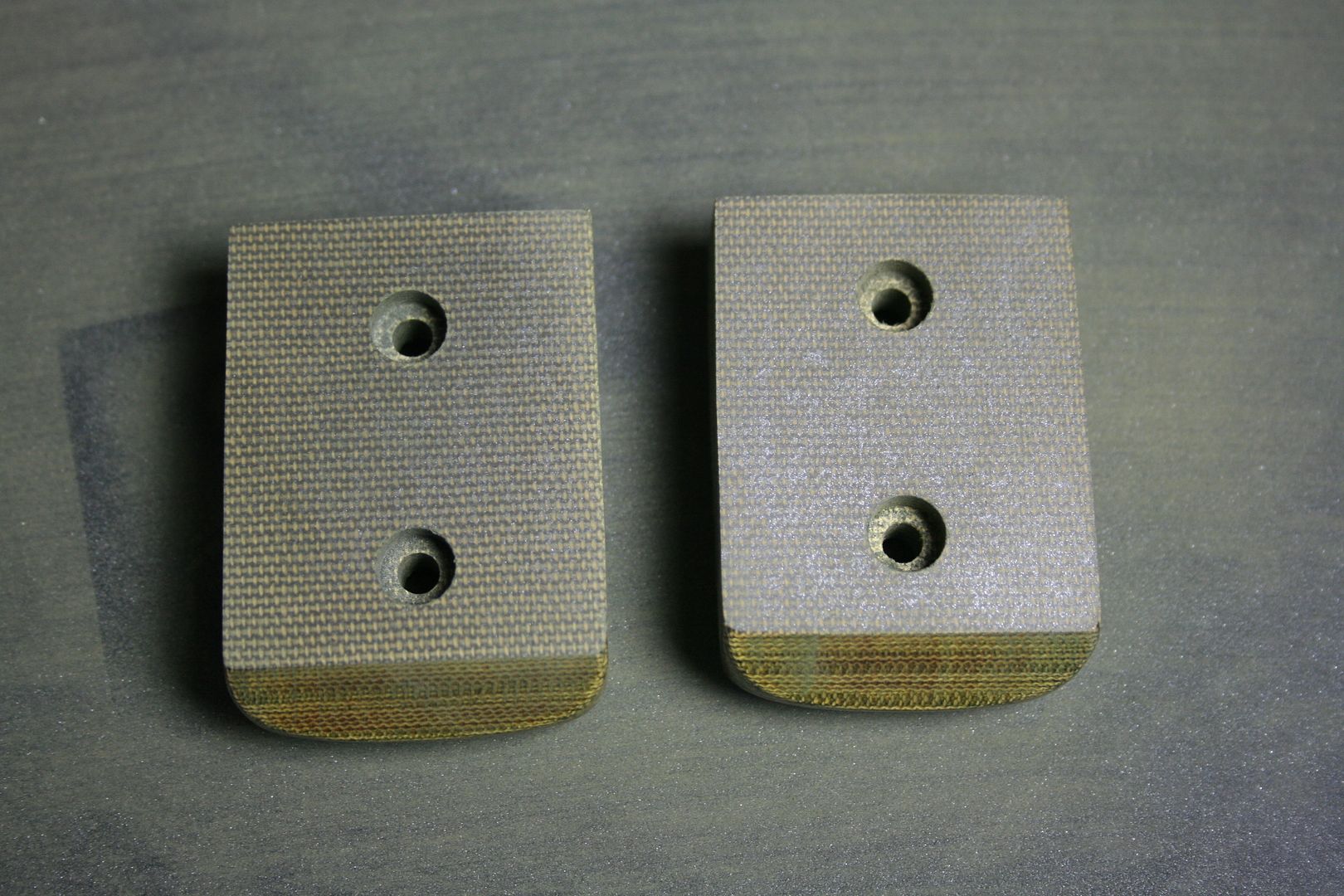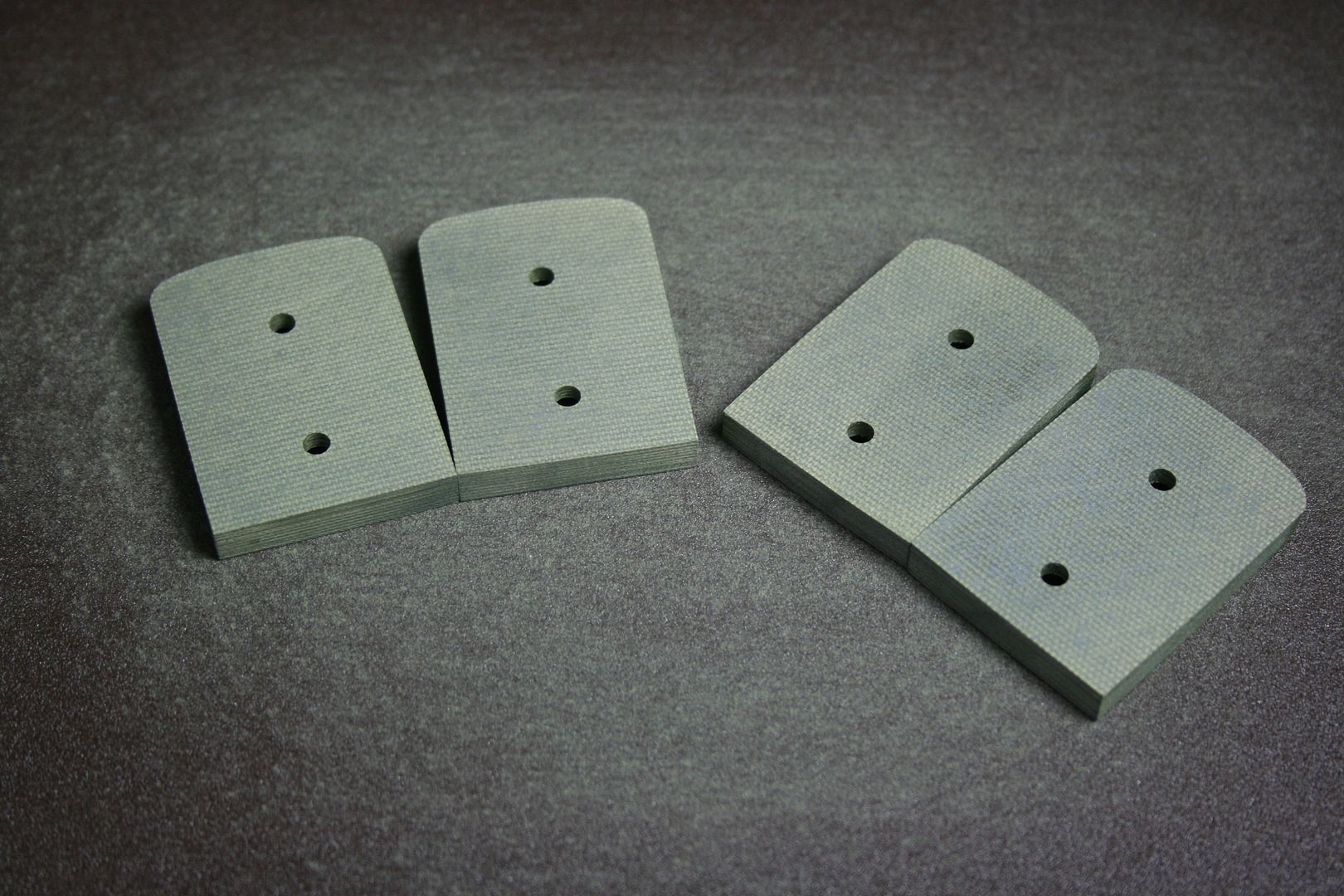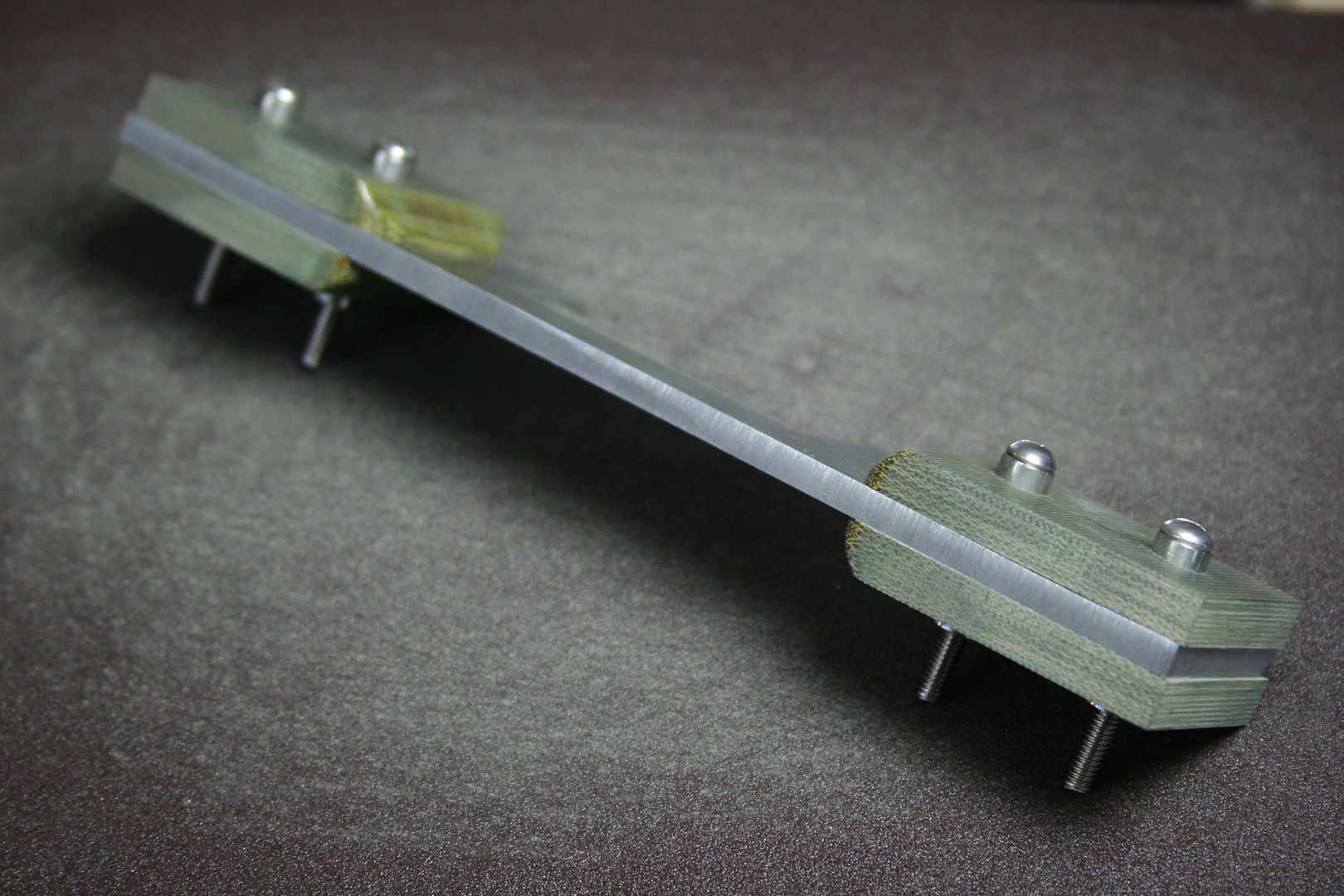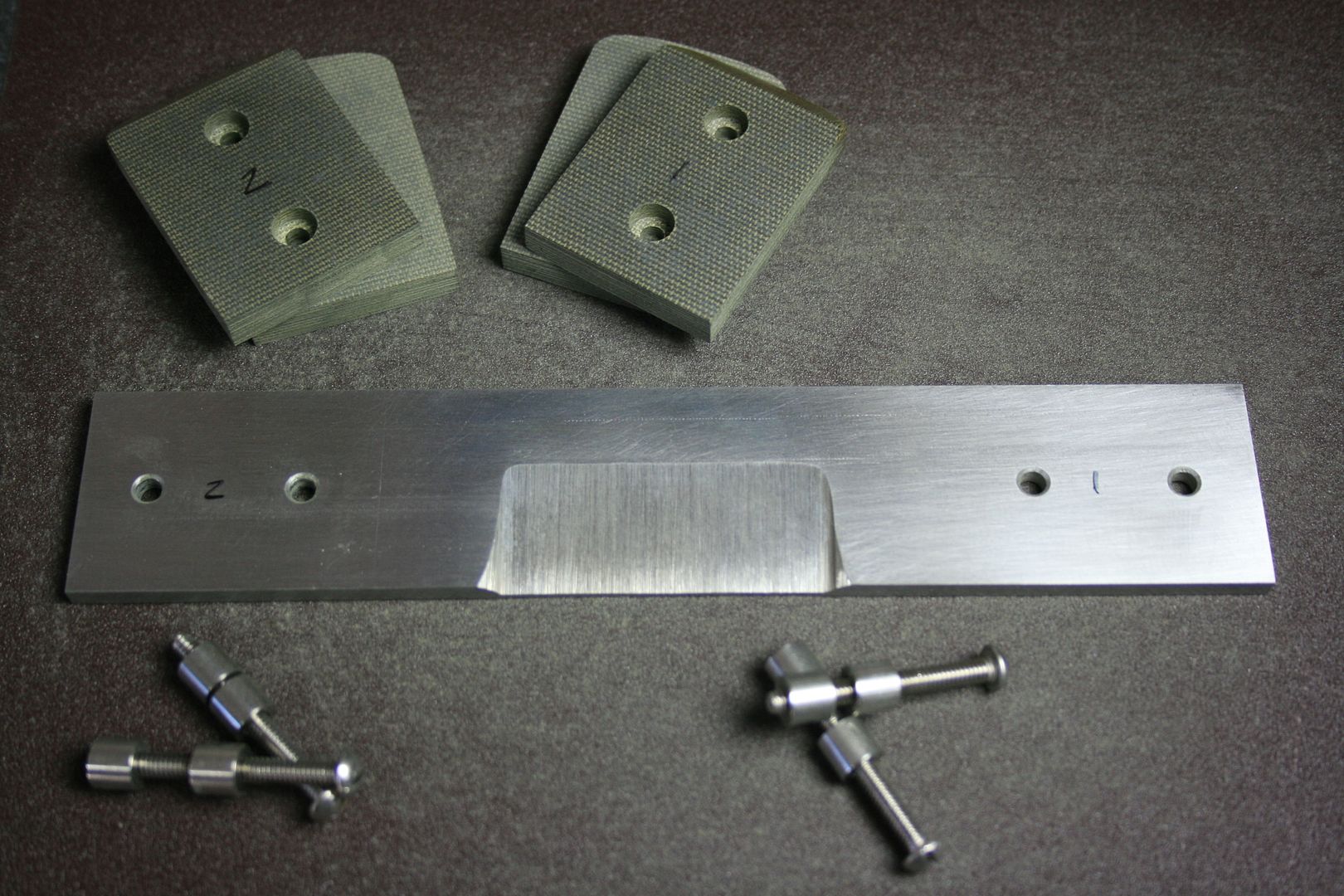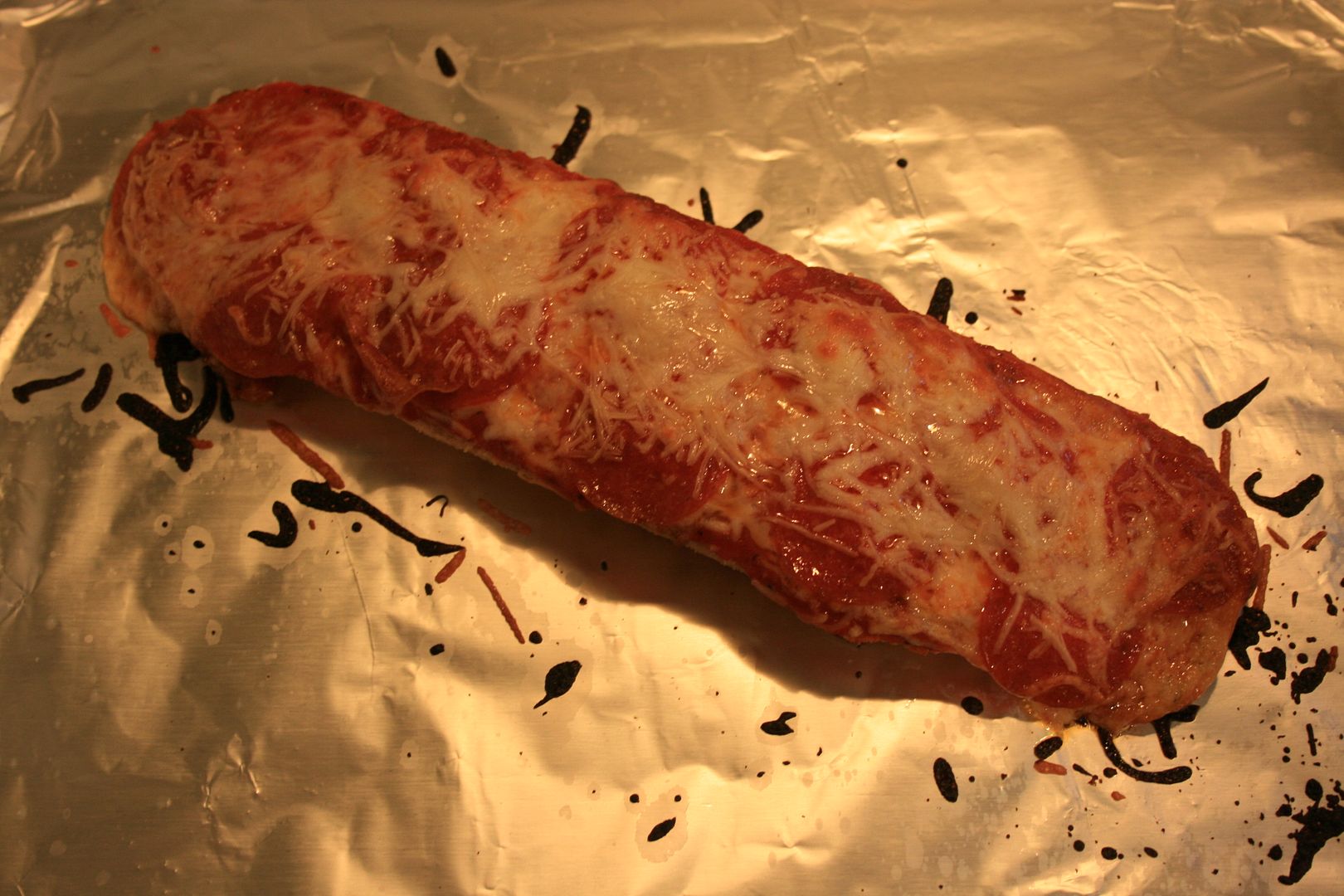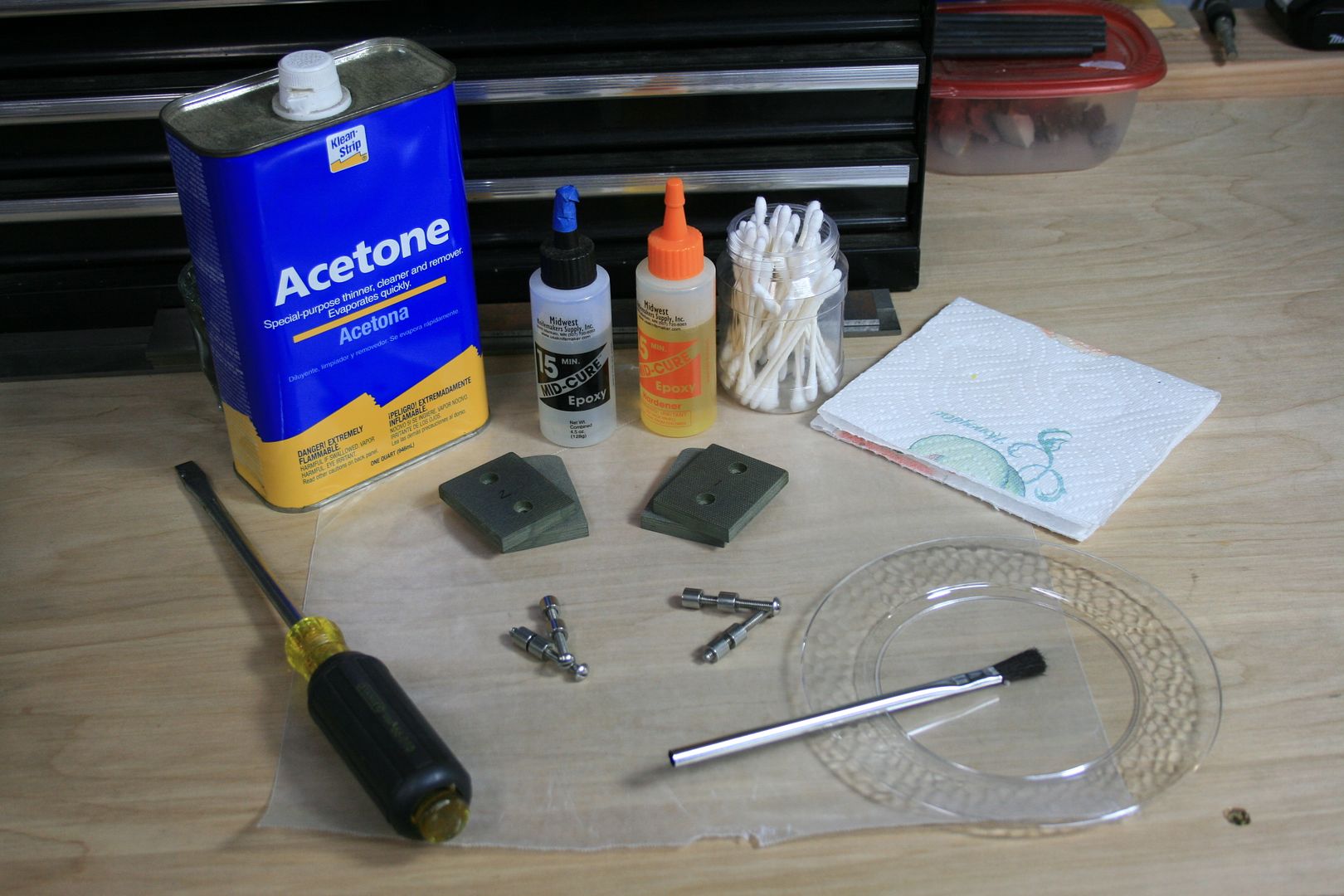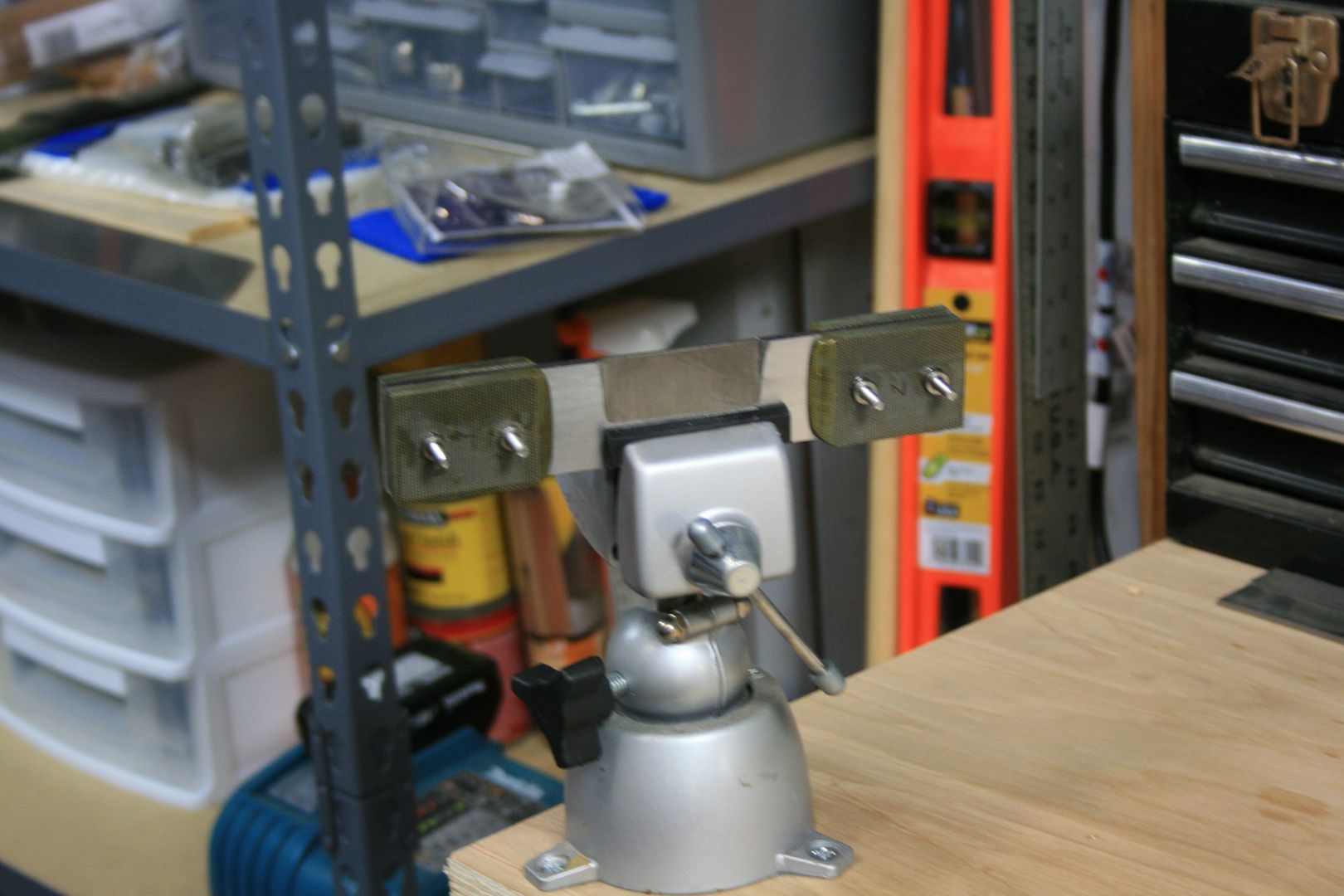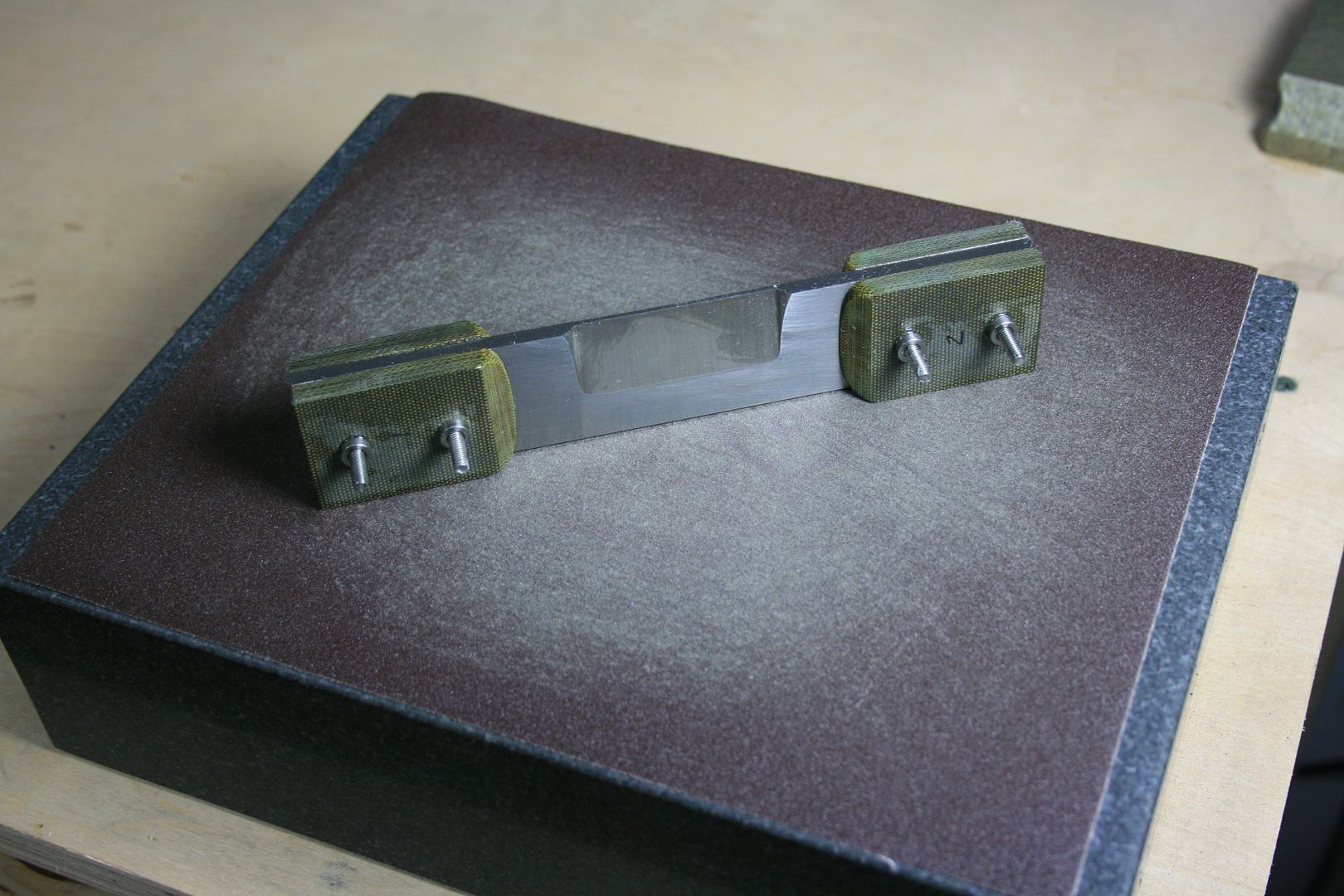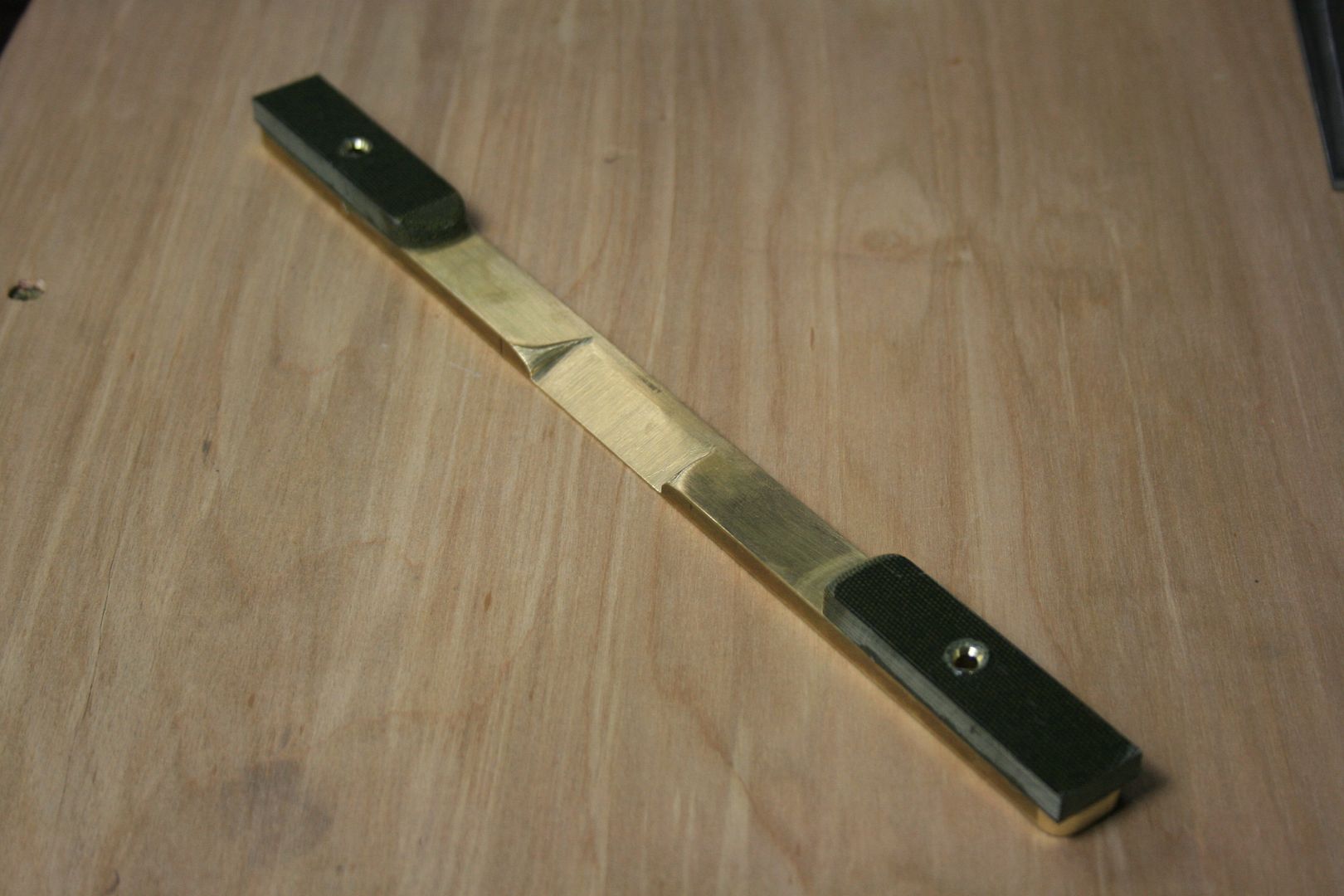Steven Long
Well-Known Member
I am going to go ahead and put all of my knifemaking progress into this thread so I don't keep starting a new thread when I feel proud about something. It will also help me see my accomplishments over a period of time, which should help my progress.
I have been at it off and on for about 6 months now and have not completed one knife as of today (1/8/13). I keep getting one close to where I think it needs to be before heat treat, then screw it up somehow and start a new one, but I get closer and closer everyday. Once I screw it up, I stop and figure out what caused it. Doing this has helped me concentrate more.
Updates:
-First knife completed 1/24/13... Post #55
-Second knife completed 1/29/13... Post #72
I am a little embarrassed to show my first attempts at grinding, but we all have to start somewhere and maybe this will encourage another new maker to keep at it.
Starting from the left is my 3rd attempt grinding a bevel with a grinder, ending in my 10th attempt (just completed today).
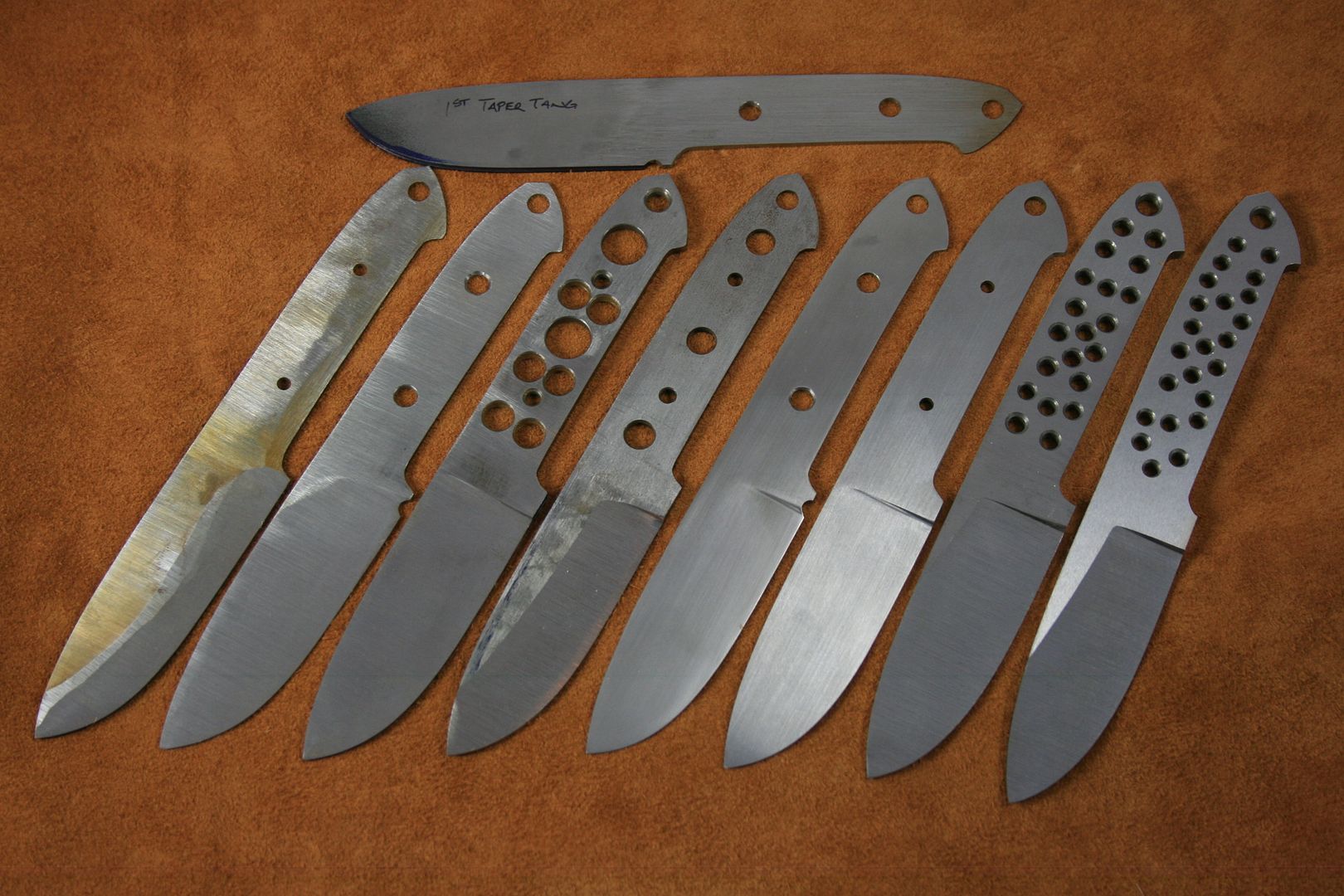
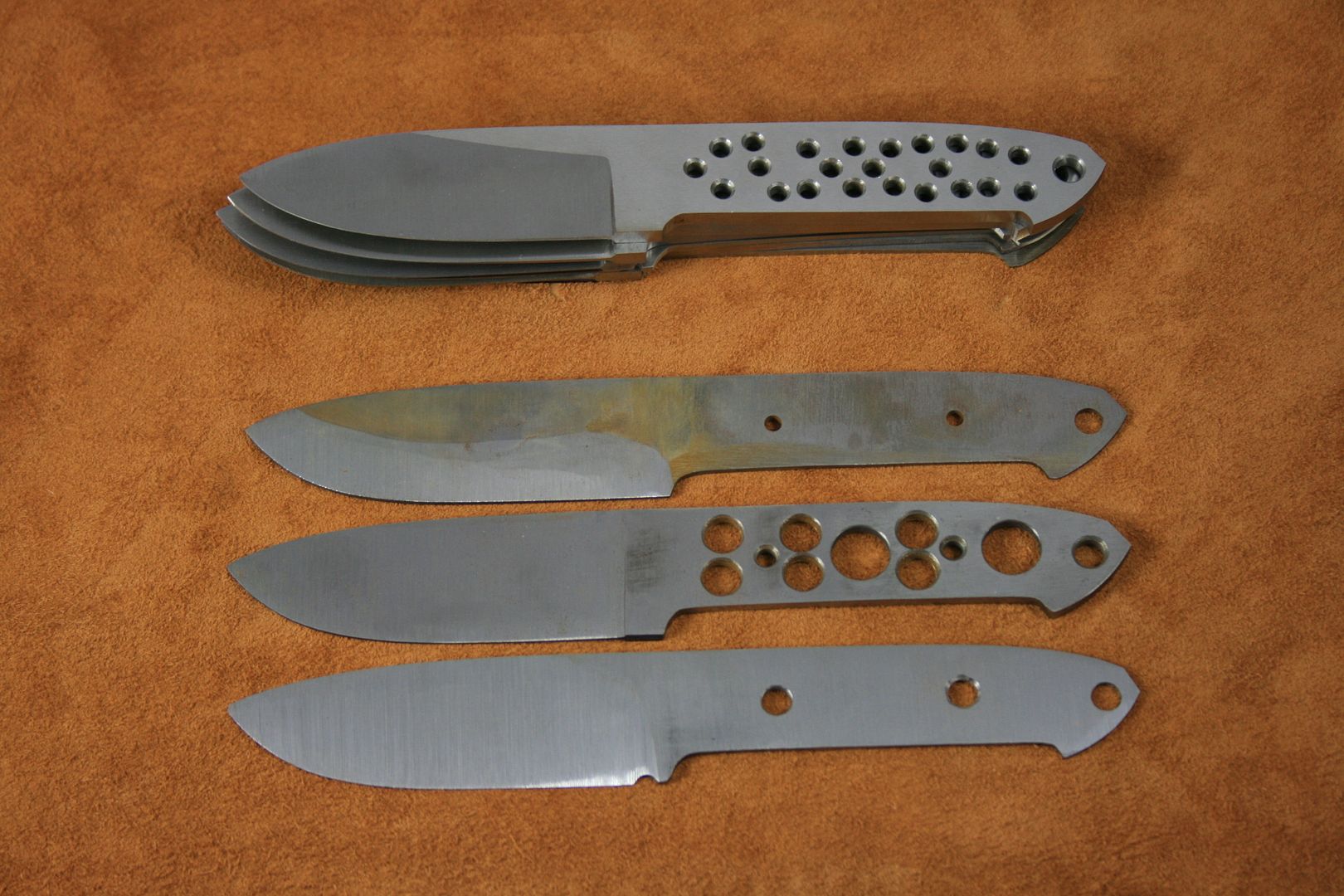
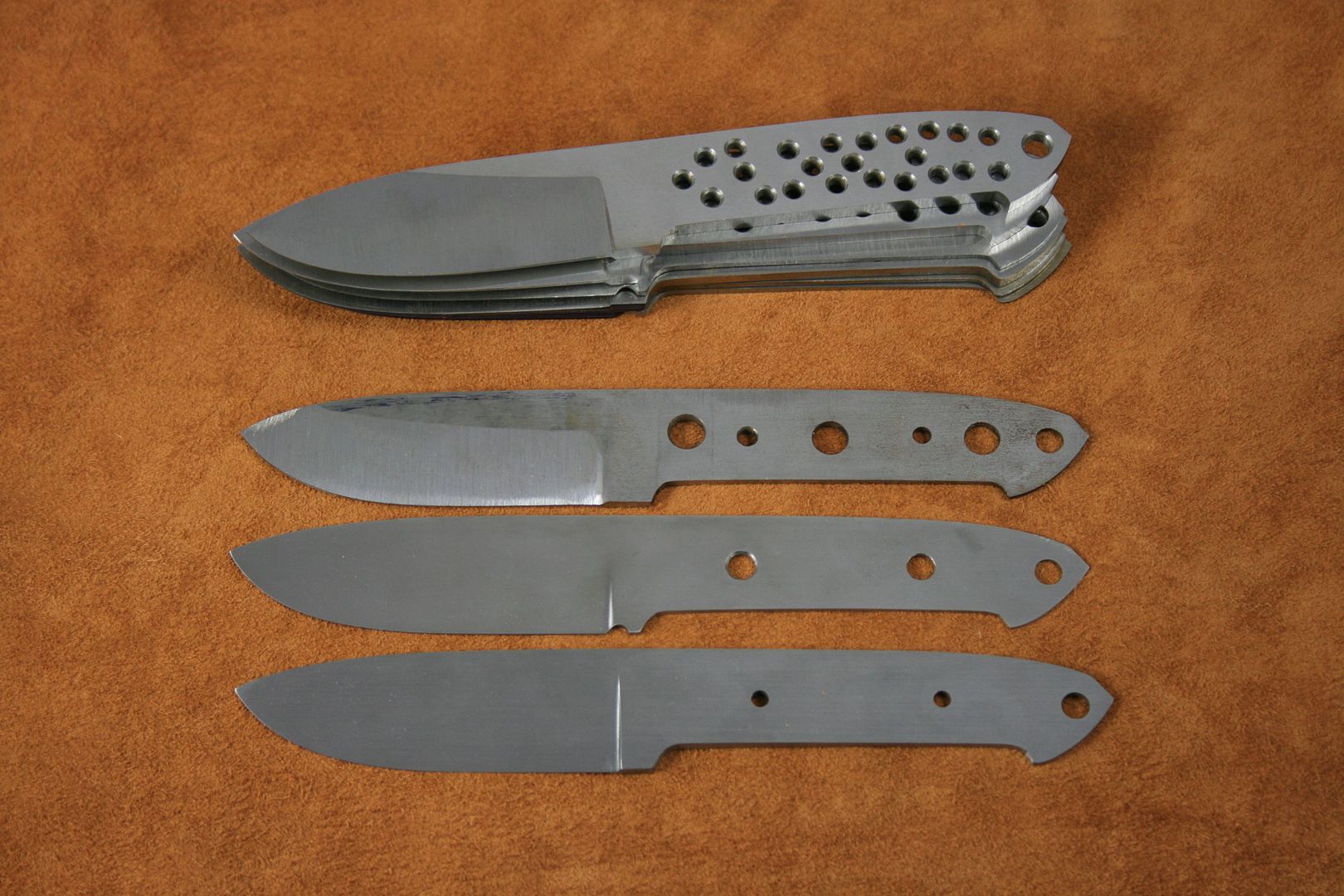
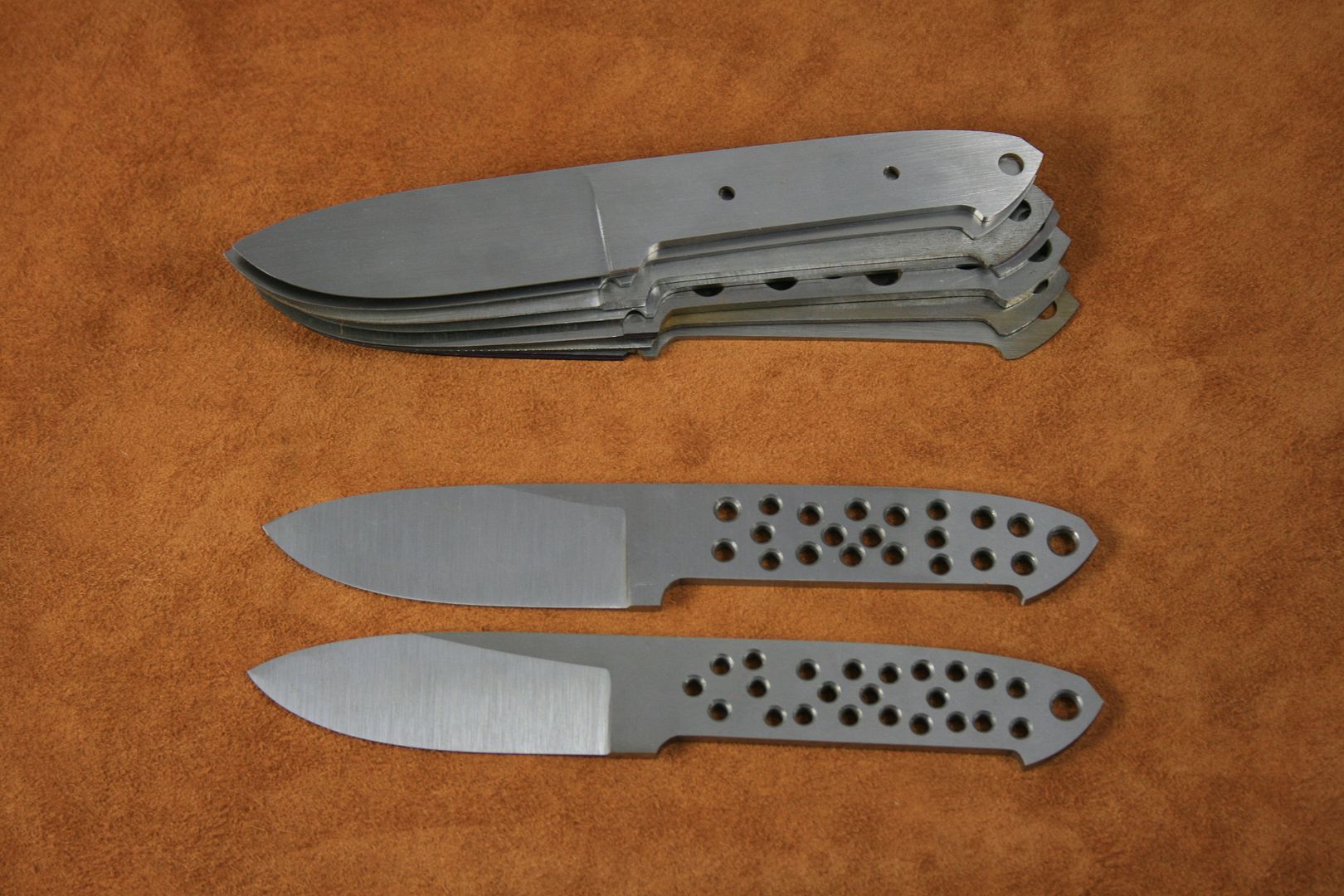
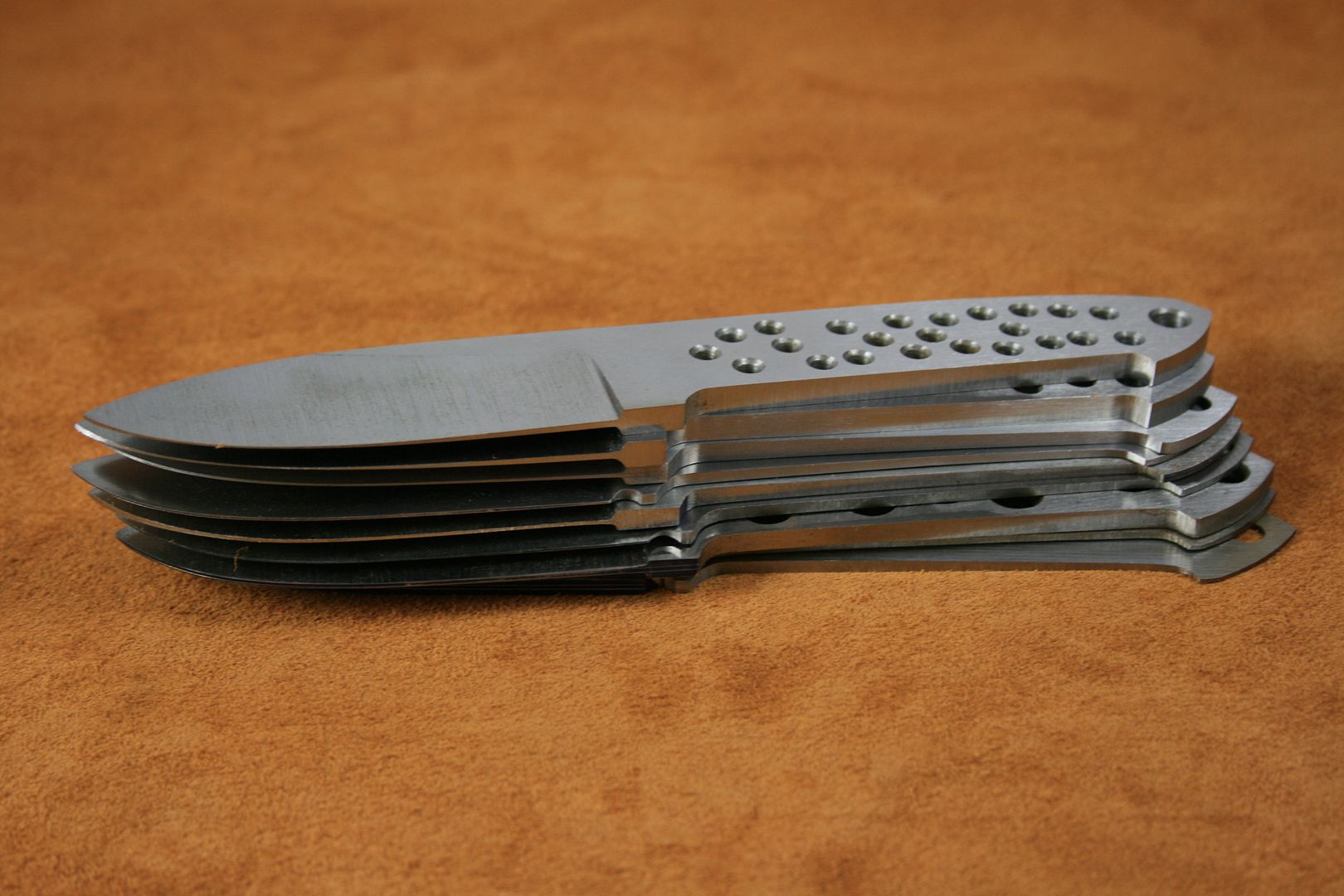
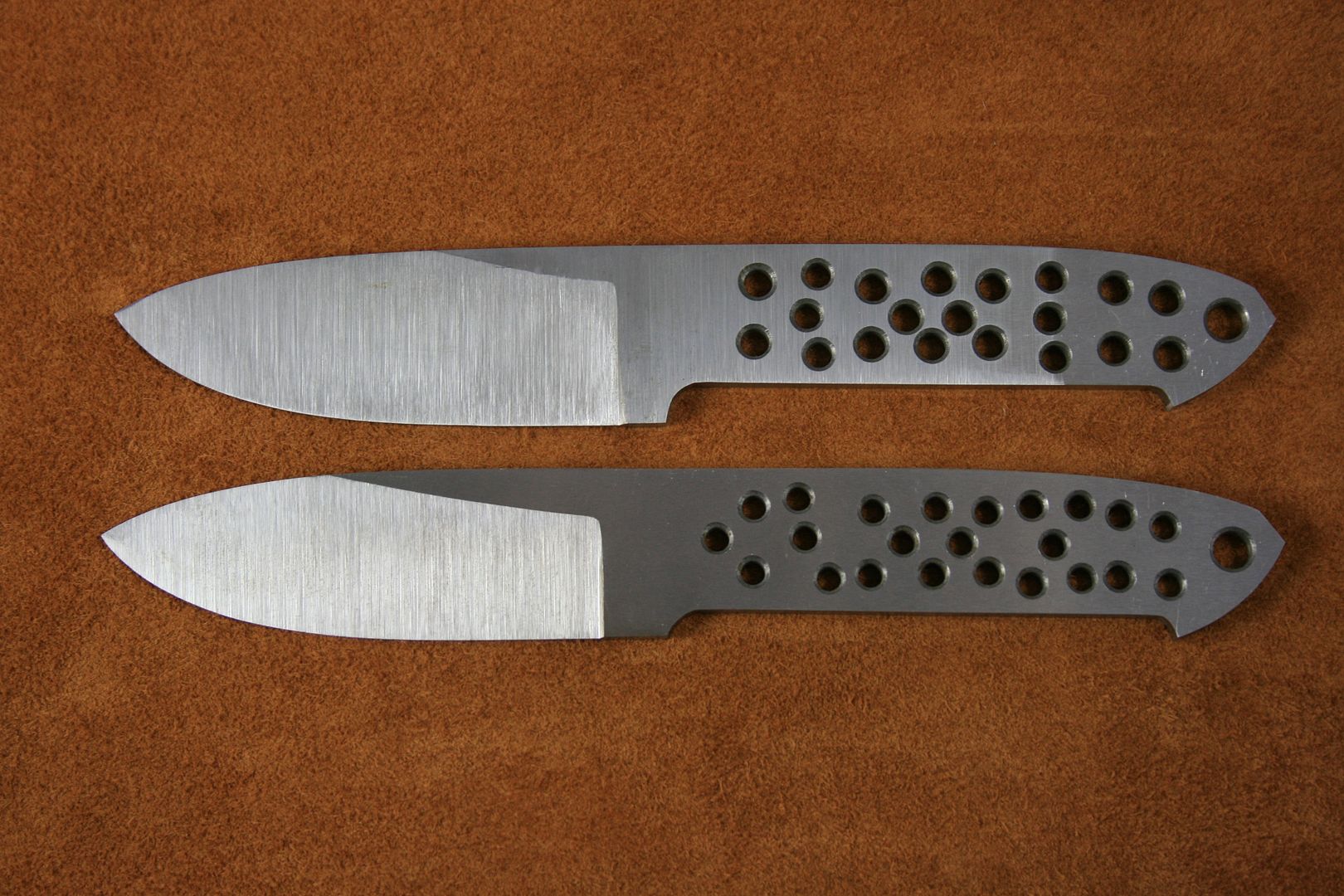
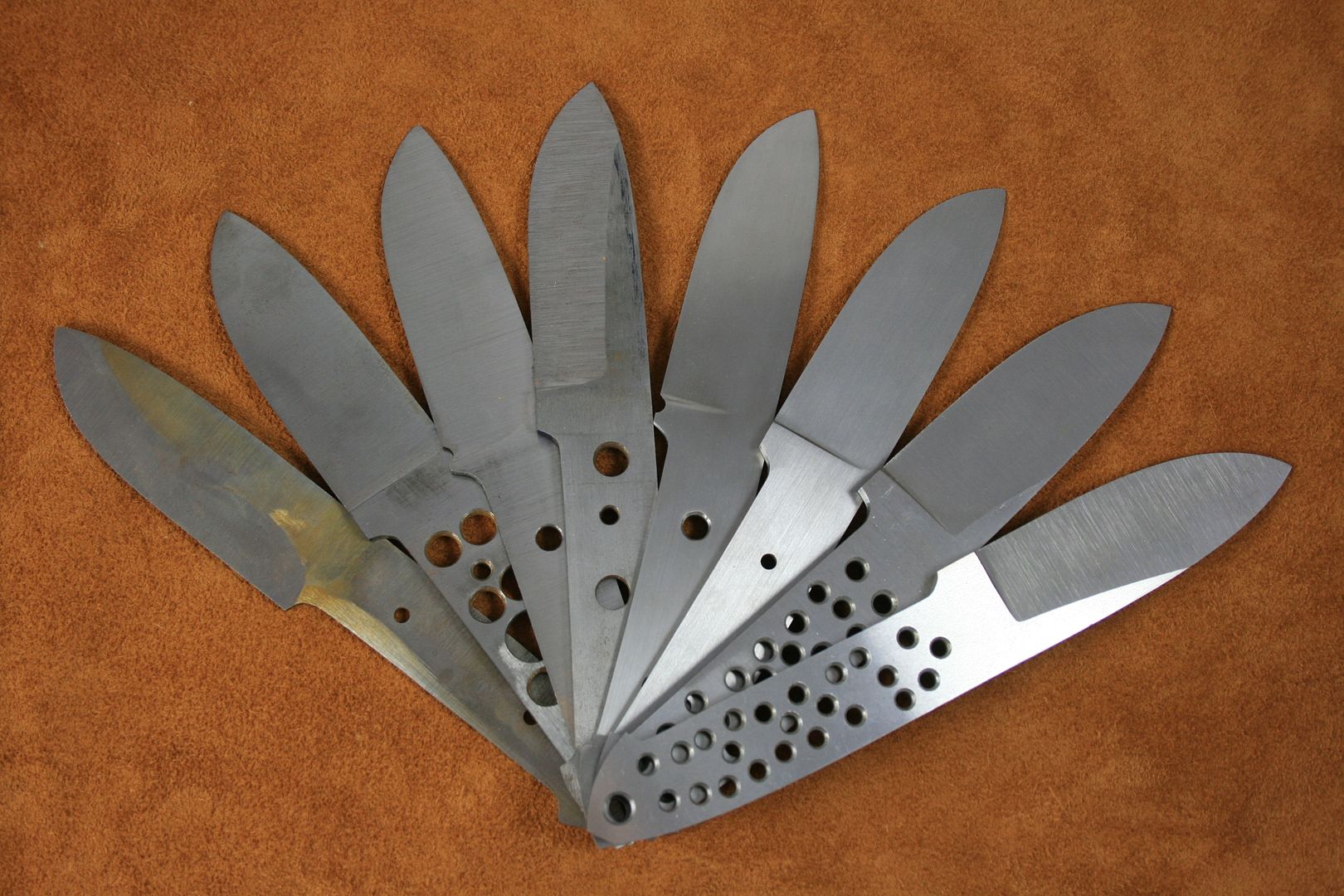
I am having a problem while grinding the bevels. The area from the plunge to about 1" down the blade, and the tip, stay thicker at the edge; and in between those areas (the middle) gets thinner way quicker. I see this causing major problems during and after heat treat, as well as when the time comes to sharpen. I have not been able to figure a way to keep it symmetrical. My guess is that since it's in the middle of the blade, it stays in contact with the belt more than the plunge area and tip, causing it to grind off more metal. The way I have become comfortable grinding is always putting the blade to the grinder at the plunge line and move across to the tip. Every time I try and start at the tip, my grind gets way out of whack and too much steel gets ground off. Is this a common problem for beginners?
It's hard to see but here is the edge somewhat showing the difference in thickness at the plunge compared to the middle.

Another issue I have is keeping the top of the bevel on each side symmetrical. I am starting to get the feel for it though, so hopefully in time this will work itself out. When holding the tang in my left hand, I tend to hold it higher than the blade (instead of level), and also a little awkward. When holding the tang in my right hand, I tend to hold it a little lower than the blade.
This is the most recent one, rough ground today. Feeling a lot better at my progress after seeing this one next to the first one.
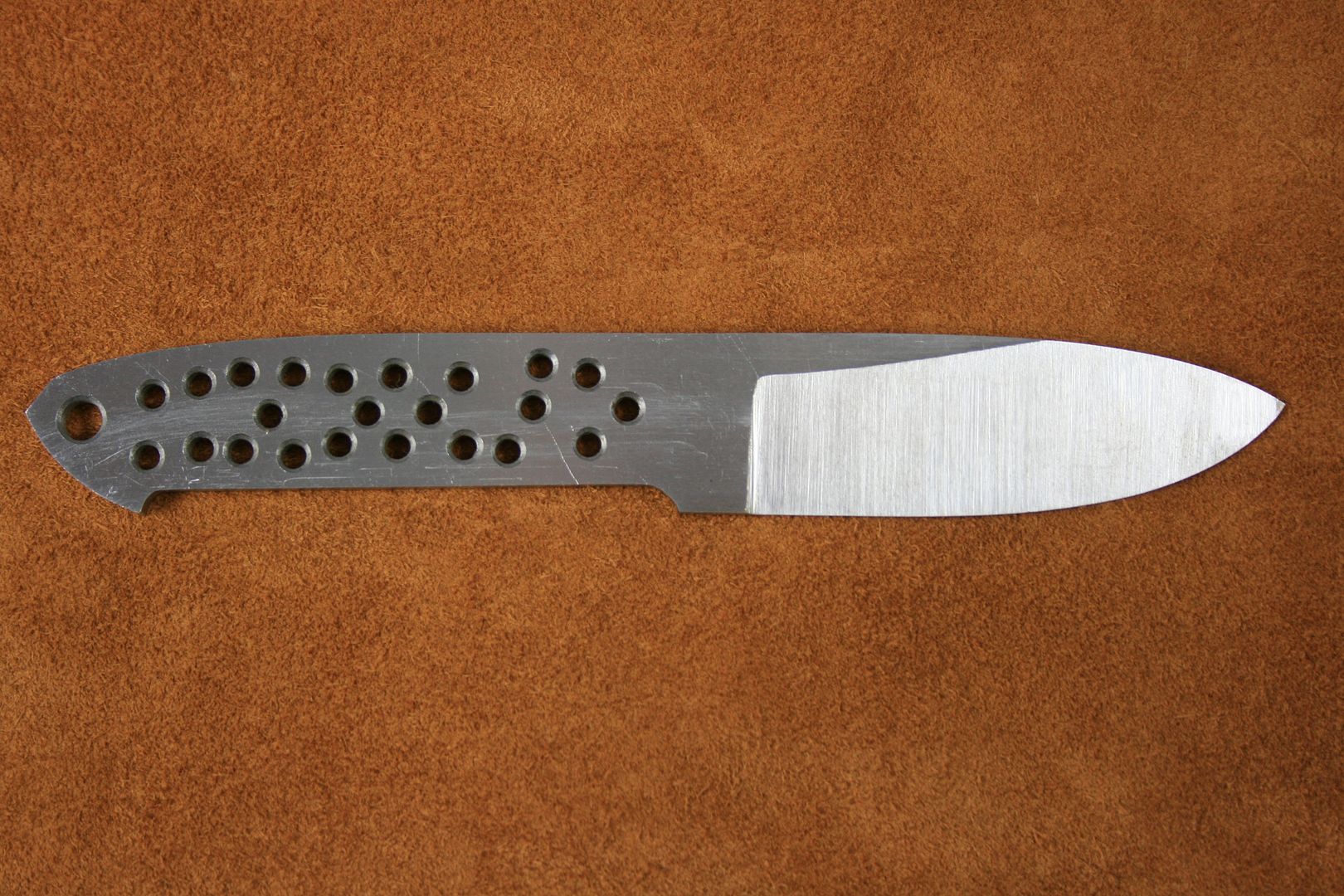
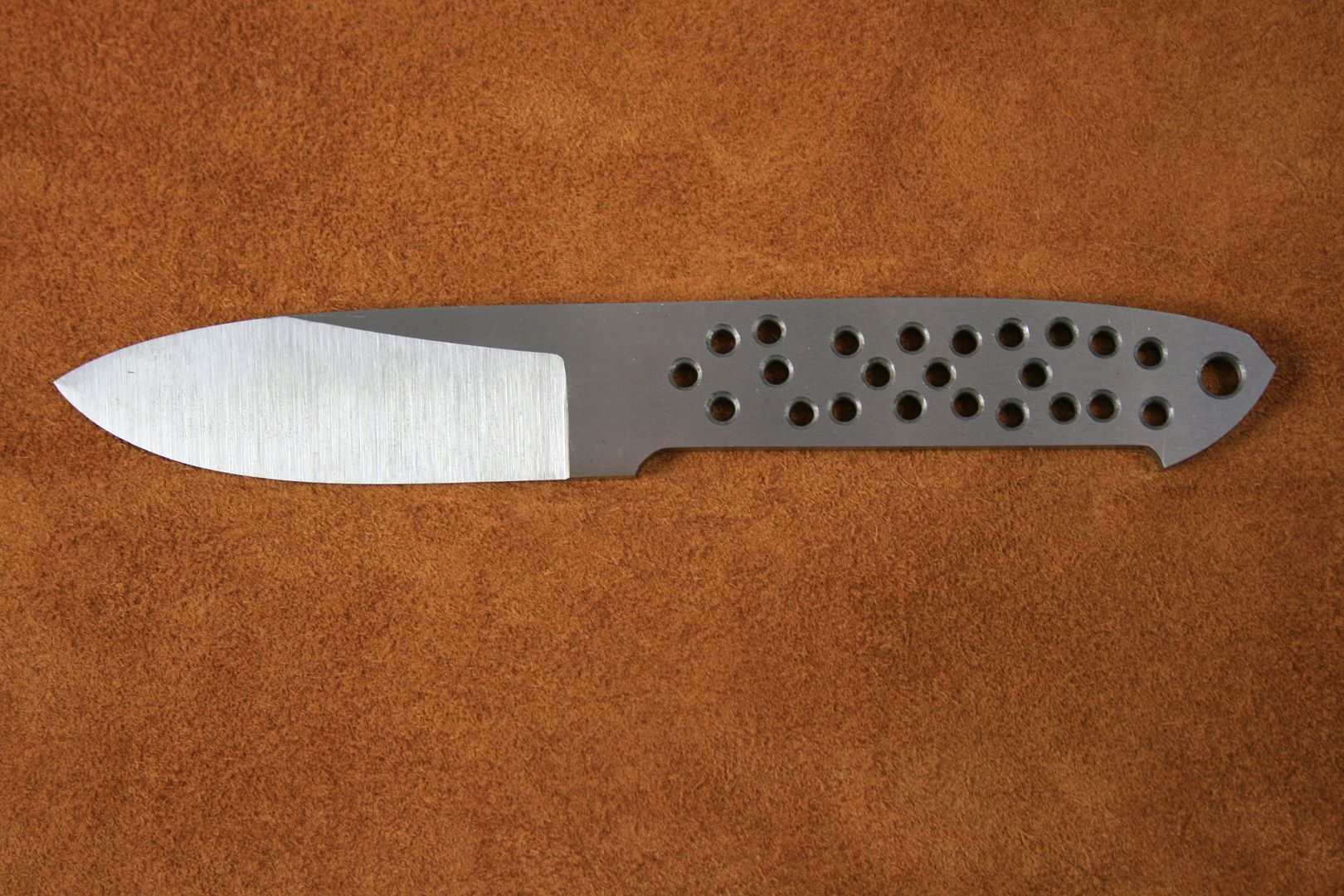
The one on bottom in this picture is the one I started a thread about the other day. The one on top is the most recent one and most likely the only one that will make it to the next step. I tried to do a tapered tang on a few of them also, which was a good learning experience and my questions on that will fill up another post. So I will save it for later.

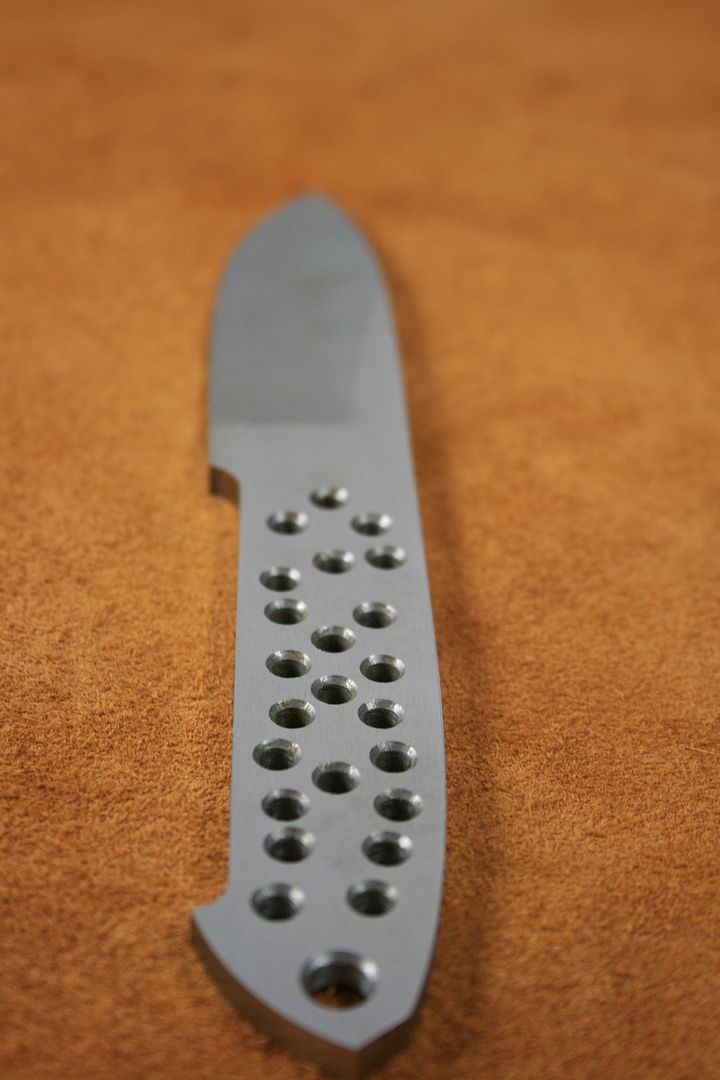
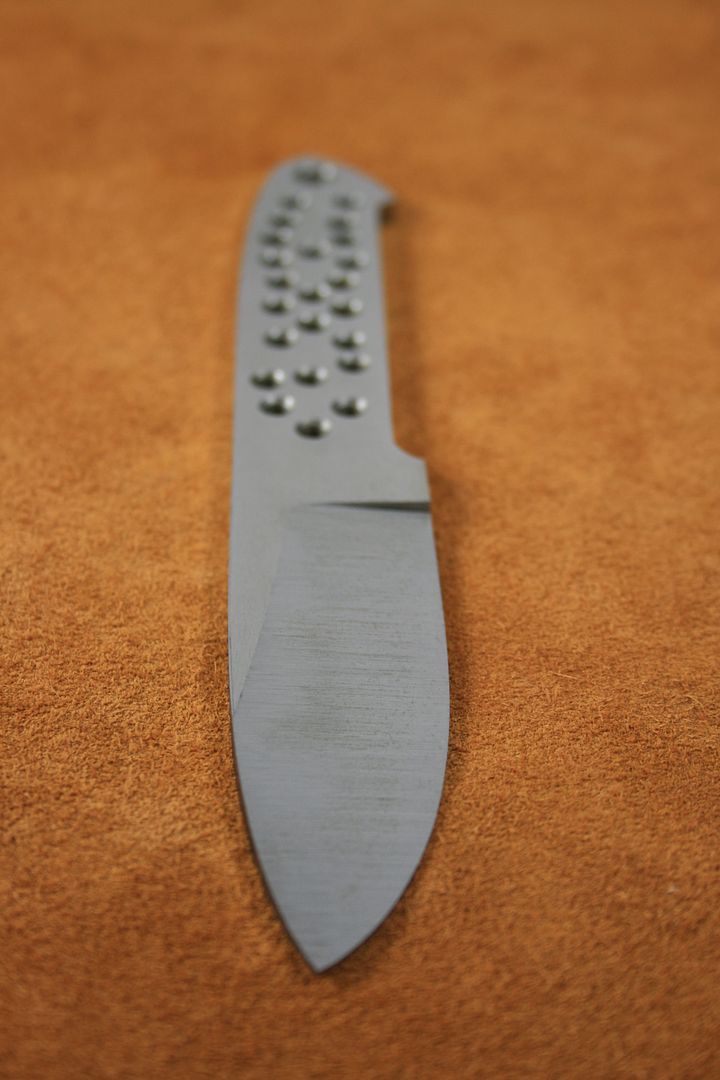
I am also having an issue getting symmetrical plunge lines. My process is to use a file guide and grind the plunges with a round file to my scribe lines. After this they are even. Once on the grinder, something happens and they get pretty crooked and scratched up. One thing I have noticed is that my belts are running a little crooked. I think one of the wheels is a little slanted. Or my ceramic platen I put on is a little crooked. So between my screw ups with holding the blade in opposite hands (I'm a righty) and the belt wobble, my plunge lines get crooked. Is there a trick to fix them with a file? I tried and only scratched it up real bad.
All in all, I am very happy with my progress and can't wait to have one completed.
Thanks for looking!
I have been at it off and on for about 6 months now and have not completed one knife as of today (1/8/13). I keep getting one close to where I think it needs to be before heat treat, then screw it up somehow and start a new one, but I get closer and closer everyday. Once I screw it up, I stop and figure out what caused it. Doing this has helped me concentrate more.
Updates:
-First knife completed 1/24/13... Post #55
-Second knife completed 1/29/13... Post #72
I am a little embarrassed to show my first attempts at grinding, but we all have to start somewhere and maybe this will encourage another new maker to keep at it.
Starting from the left is my 3rd attempt grinding a bevel with a grinder, ending in my 10th attempt (just completed today).







I am having a problem while grinding the bevels. The area from the plunge to about 1" down the blade, and the tip, stay thicker at the edge; and in between those areas (the middle) gets thinner way quicker. I see this causing major problems during and after heat treat, as well as when the time comes to sharpen. I have not been able to figure a way to keep it symmetrical. My guess is that since it's in the middle of the blade, it stays in contact with the belt more than the plunge area and tip, causing it to grind off more metal. The way I have become comfortable grinding is always putting the blade to the grinder at the plunge line and move across to the tip. Every time I try and start at the tip, my grind gets way out of whack and too much steel gets ground off. Is this a common problem for beginners?
It's hard to see but here is the edge somewhat showing the difference in thickness at the plunge compared to the middle.

Another issue I have is keeping the top of the bevel on each side symmetrical. I am starting to get the feel for it though, so hopefully in time this will work itself out. When holding the tang in my left hand, I tend to hold it higher than the blade (instead of level), and also a little awkward. When holding the tang in my right hand, I tend to hold it a little lower than the blade.
This is the most recent one, rough ground today. Feeling a lot better at my progress after seeing this one next to the first one.


The one on bottom in this picture is the one I started a thread about the other day. The one on top is the most recent one and most likely the only one that will make it to the next step. I tried to do a tapered tang on a few of them also, which was a good learning experience and my questions on that will fill up another post. So I will save it for later.



I am also having an issue getting symmetrical plunge lines. My process is to use a file guide and grind the plunges with a round file to my scribe lines. After this they are even. Once on the grinder, something happens and they get pretty crooked and scratched up. One thing I have noticed is that my belts are running a little crooked. I think one of the wheels is a little slanted. Or my ceramic platen I put on is a little crooked. So between my screw ups with holding the blade in opposite hands (I'm a righty) and the belt wobble, my plunge lines get crooked. Is there a trick to fix them with a file? I tried and only scratched it up real bad.
All in all, I am very happy with my progress and can't wait to have one completed.
Thanks for looking!
Last edited:


